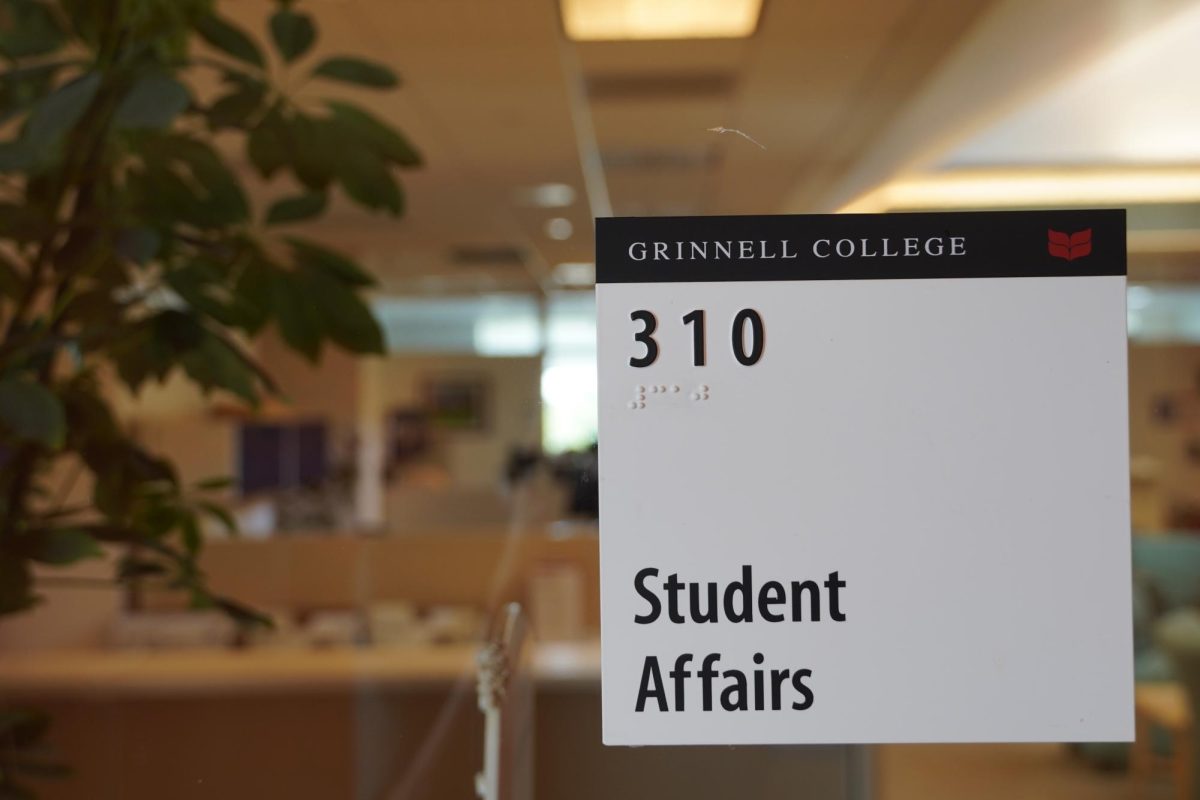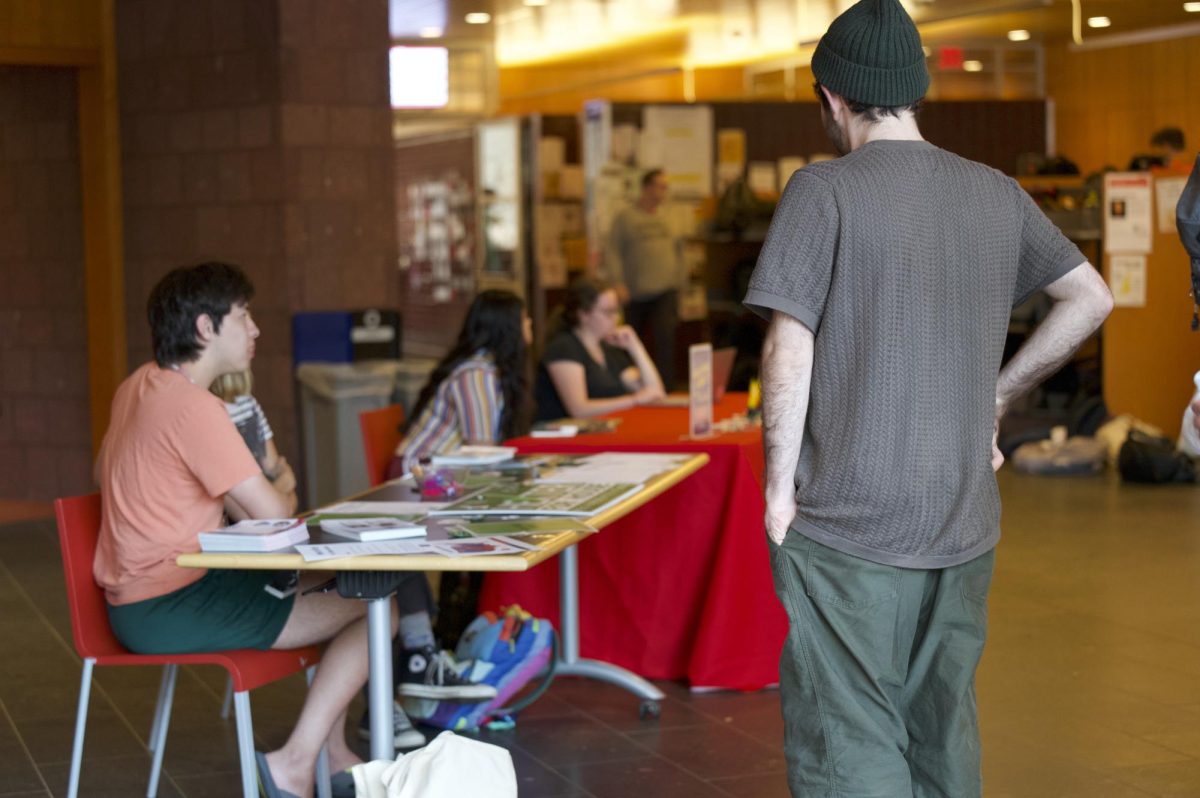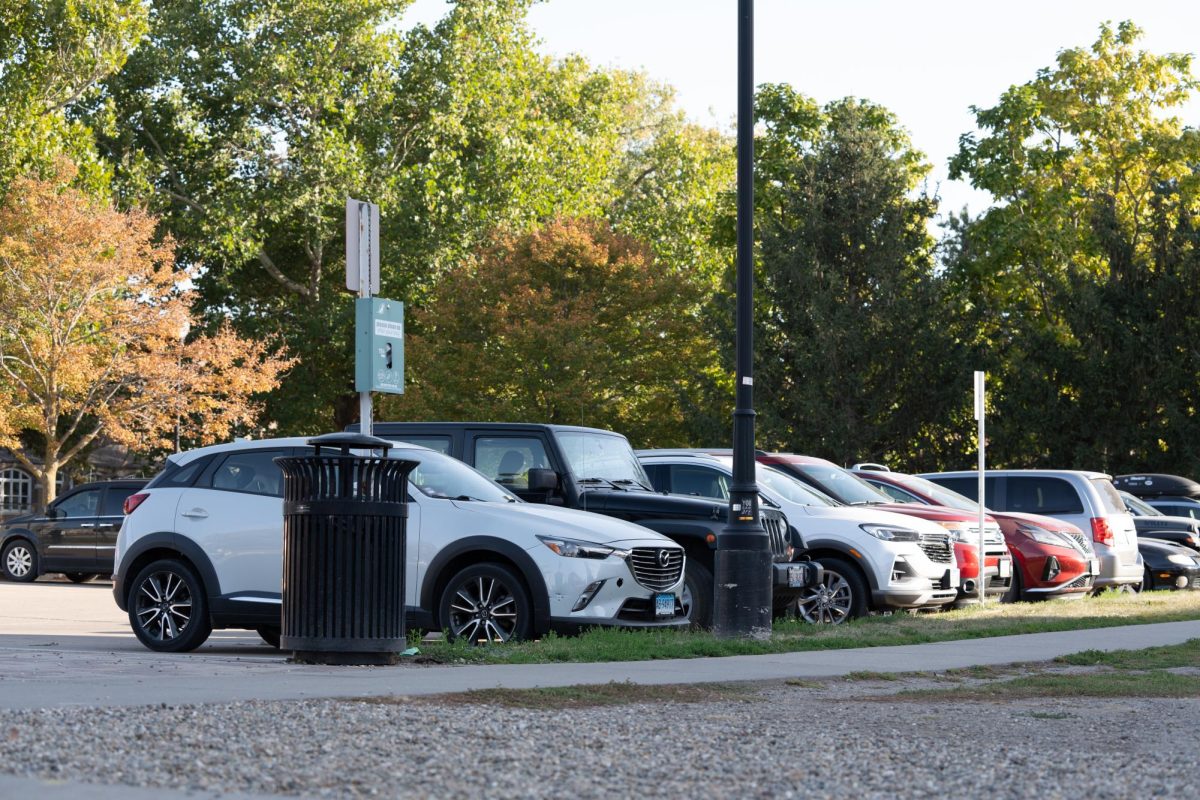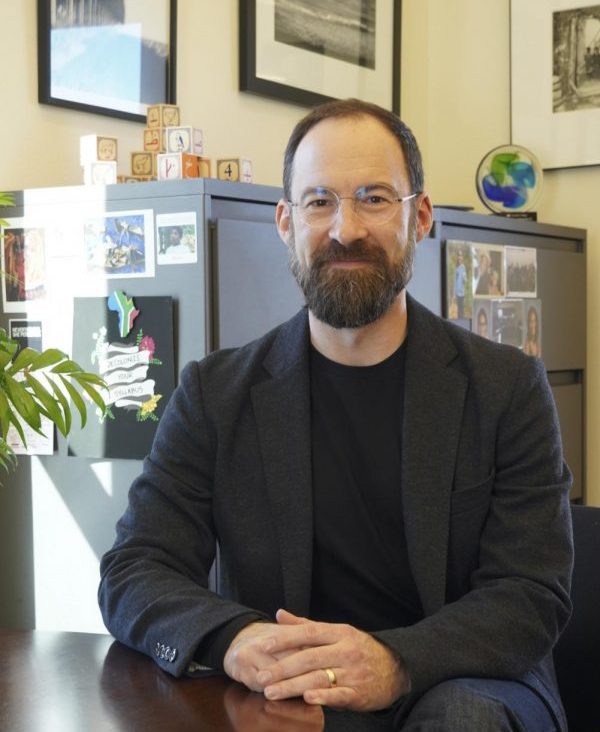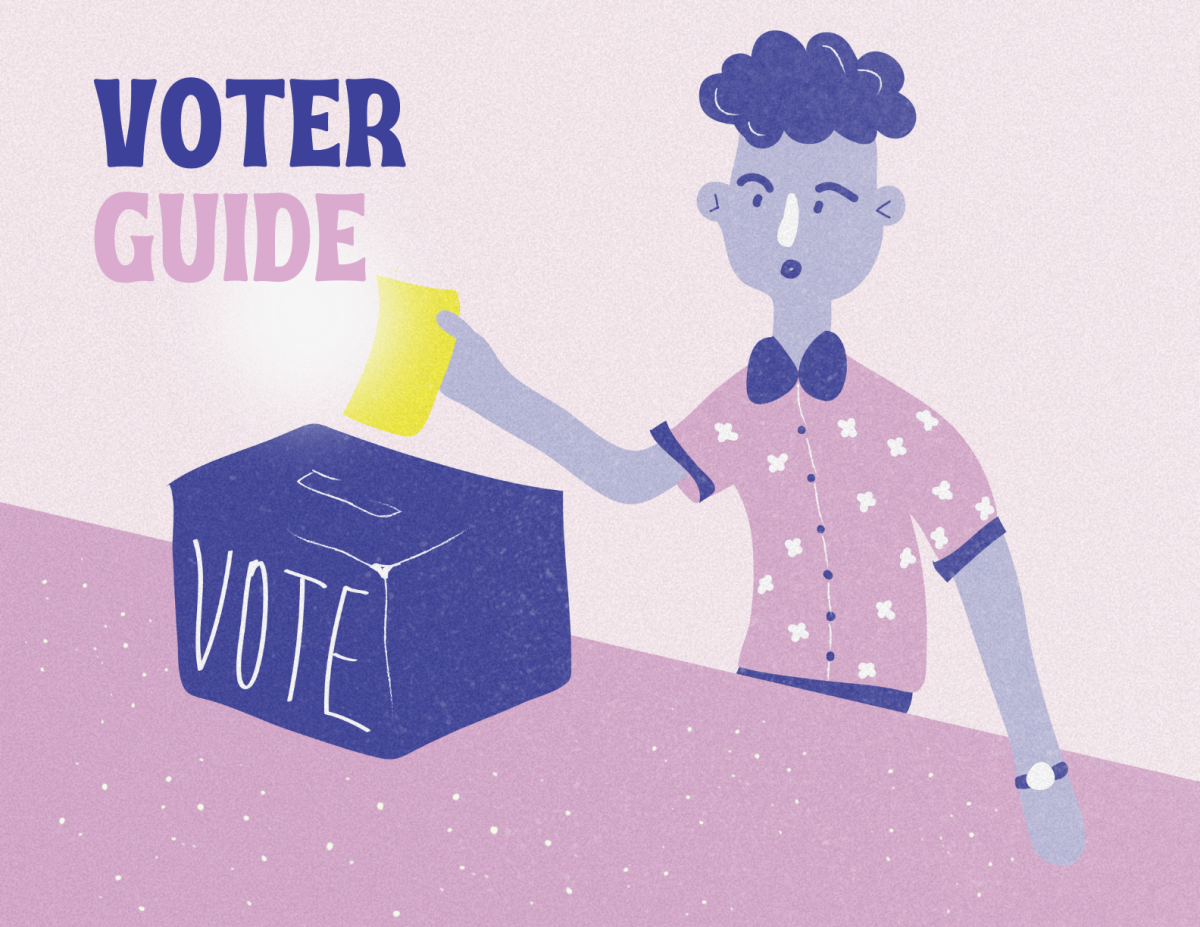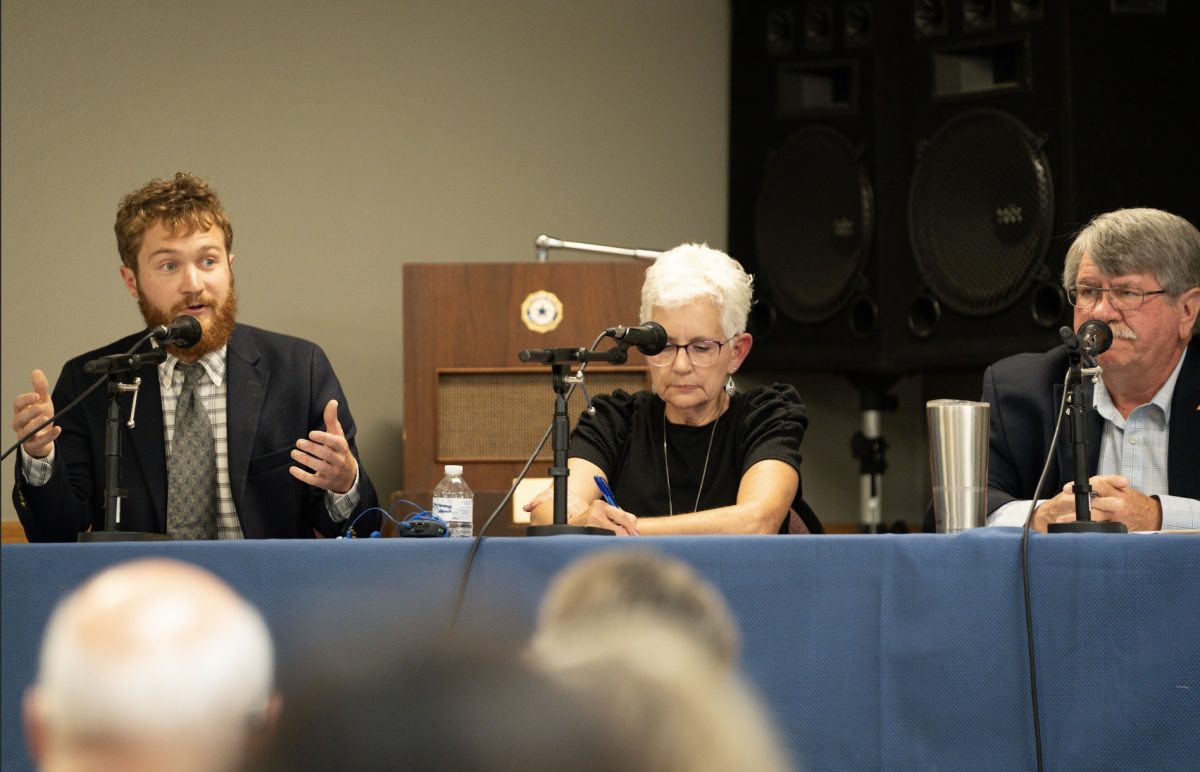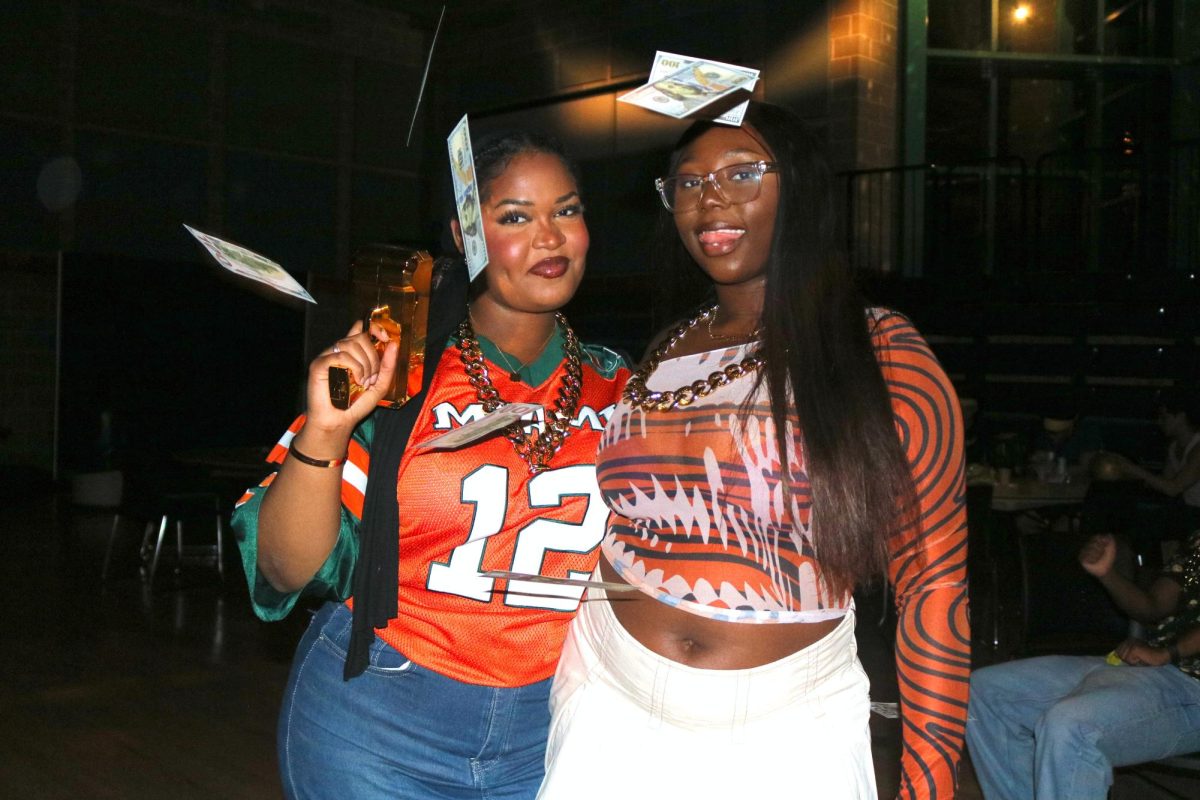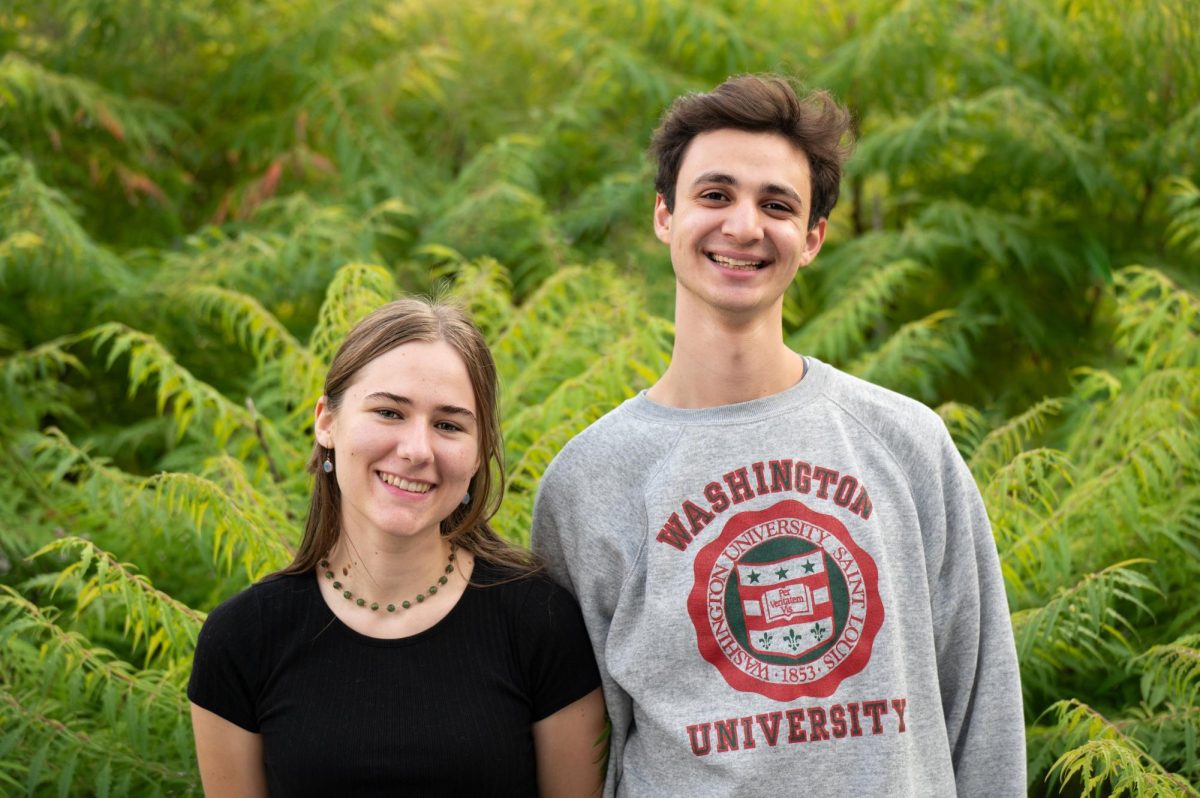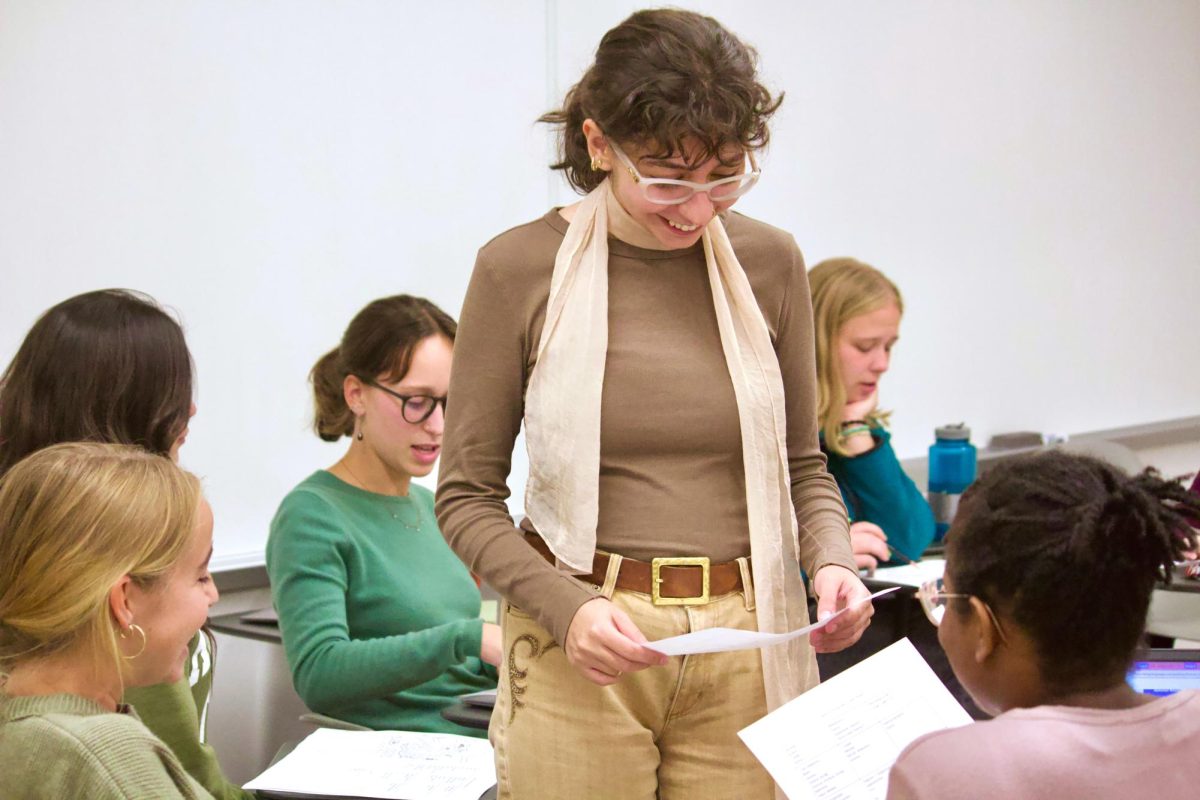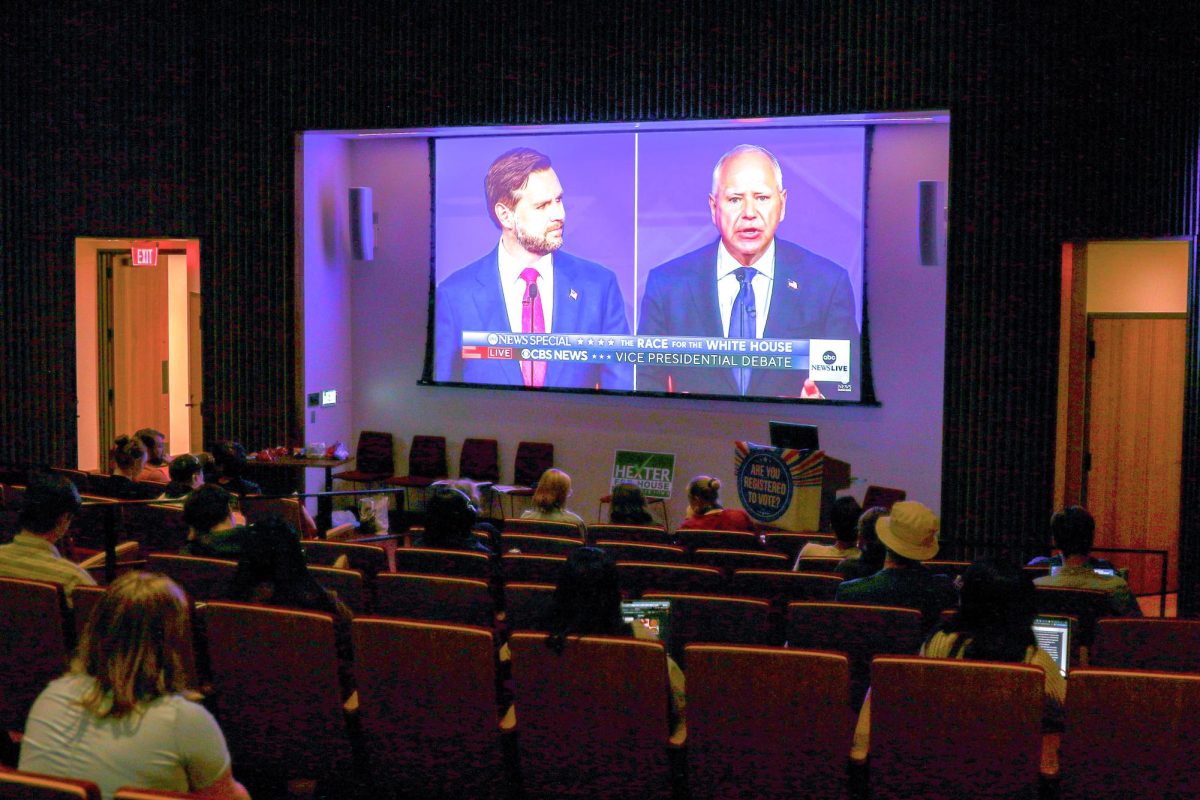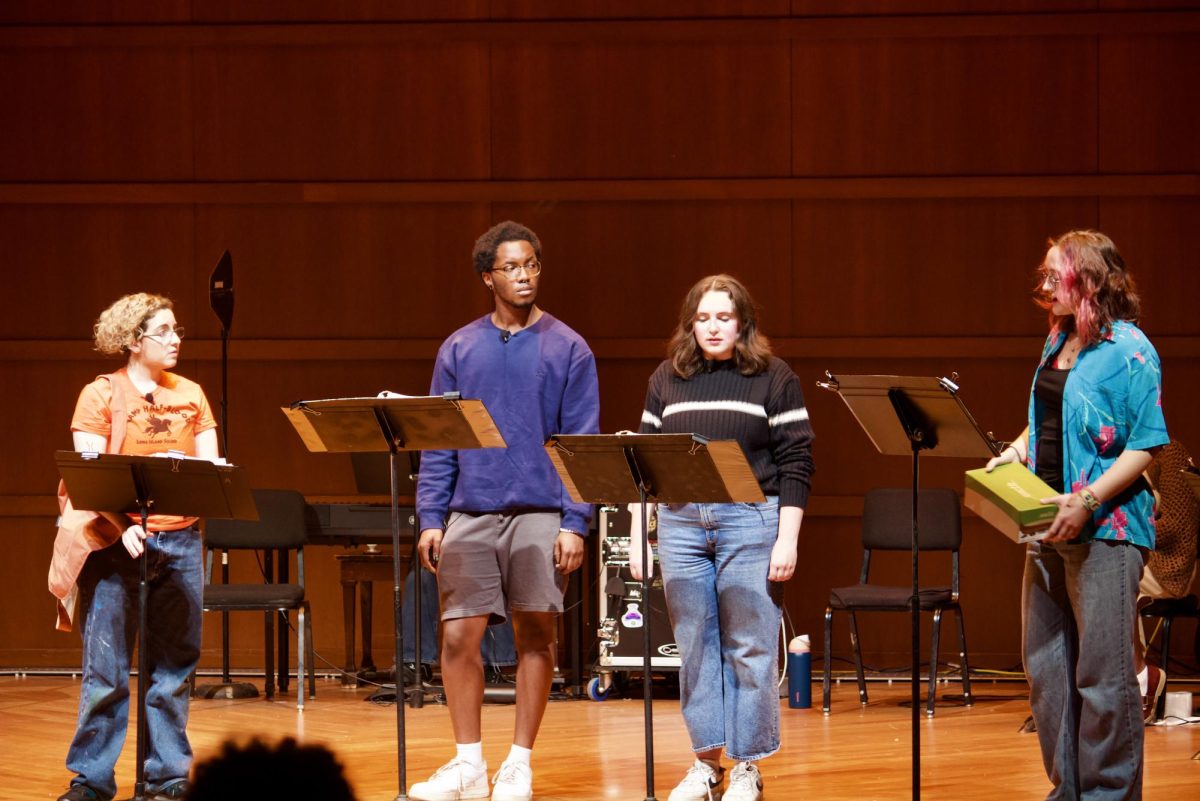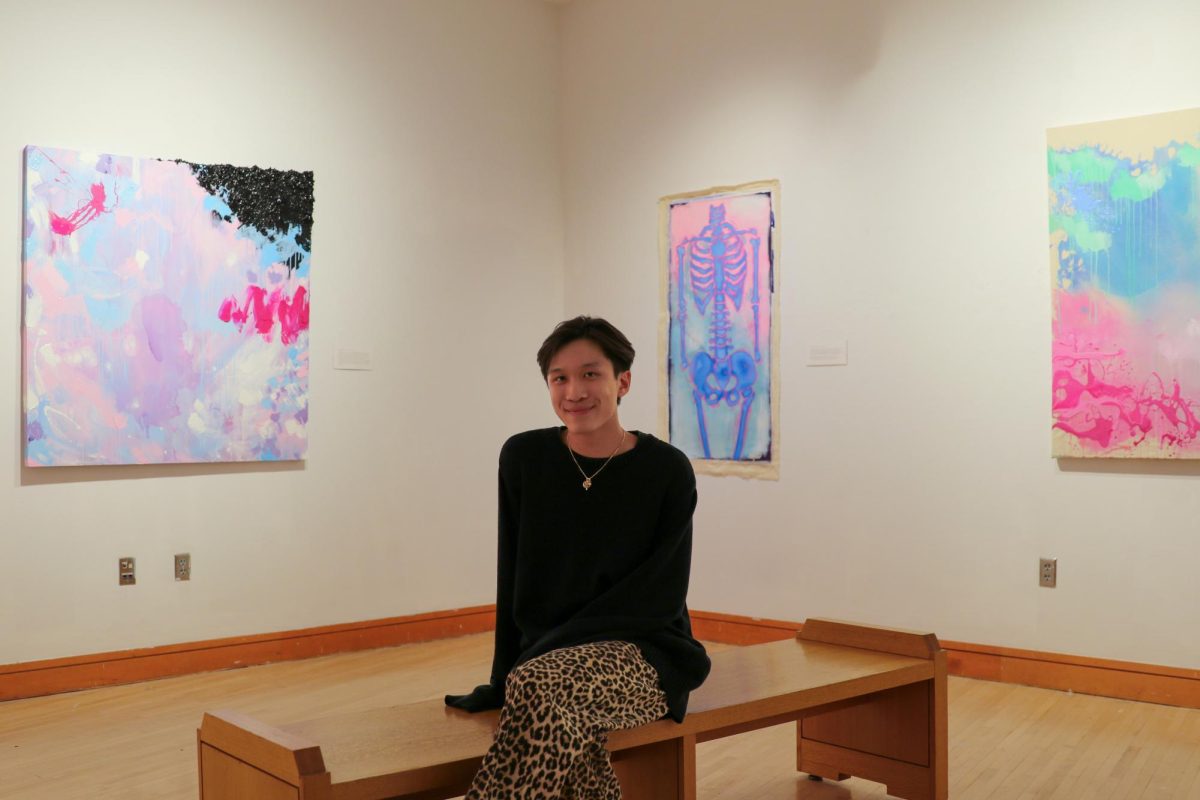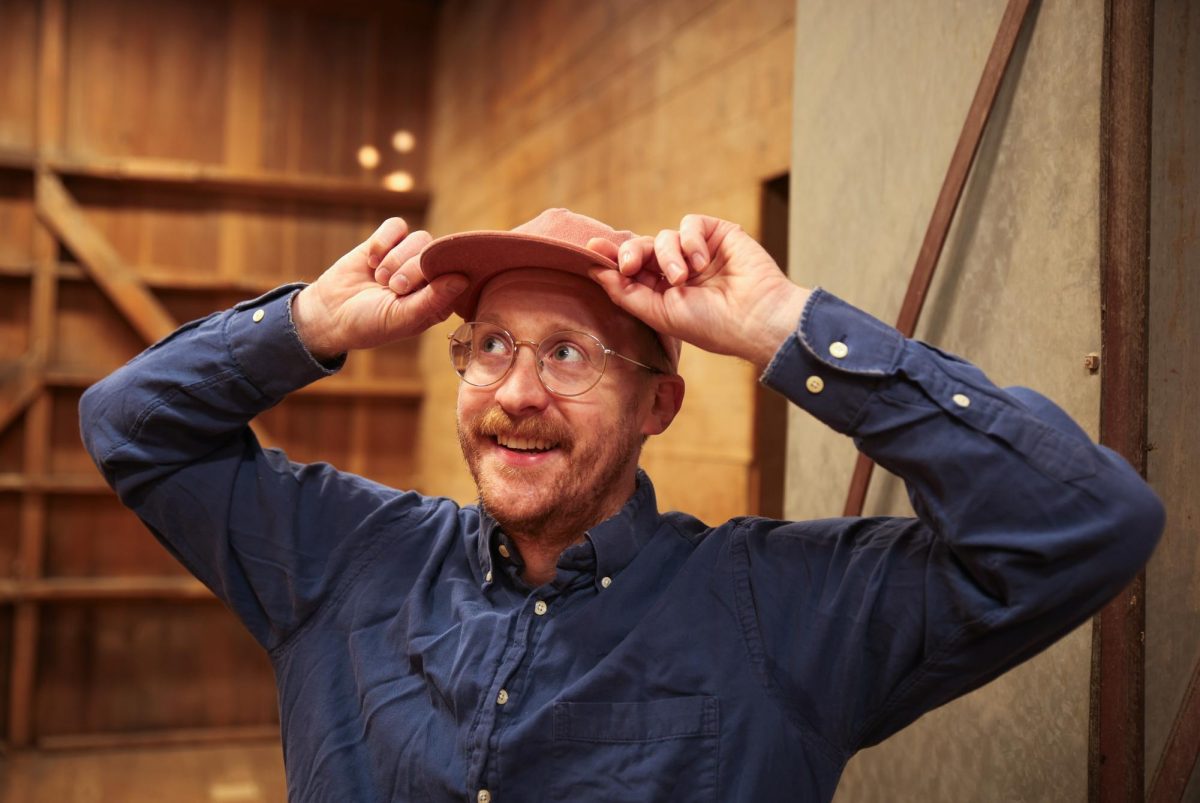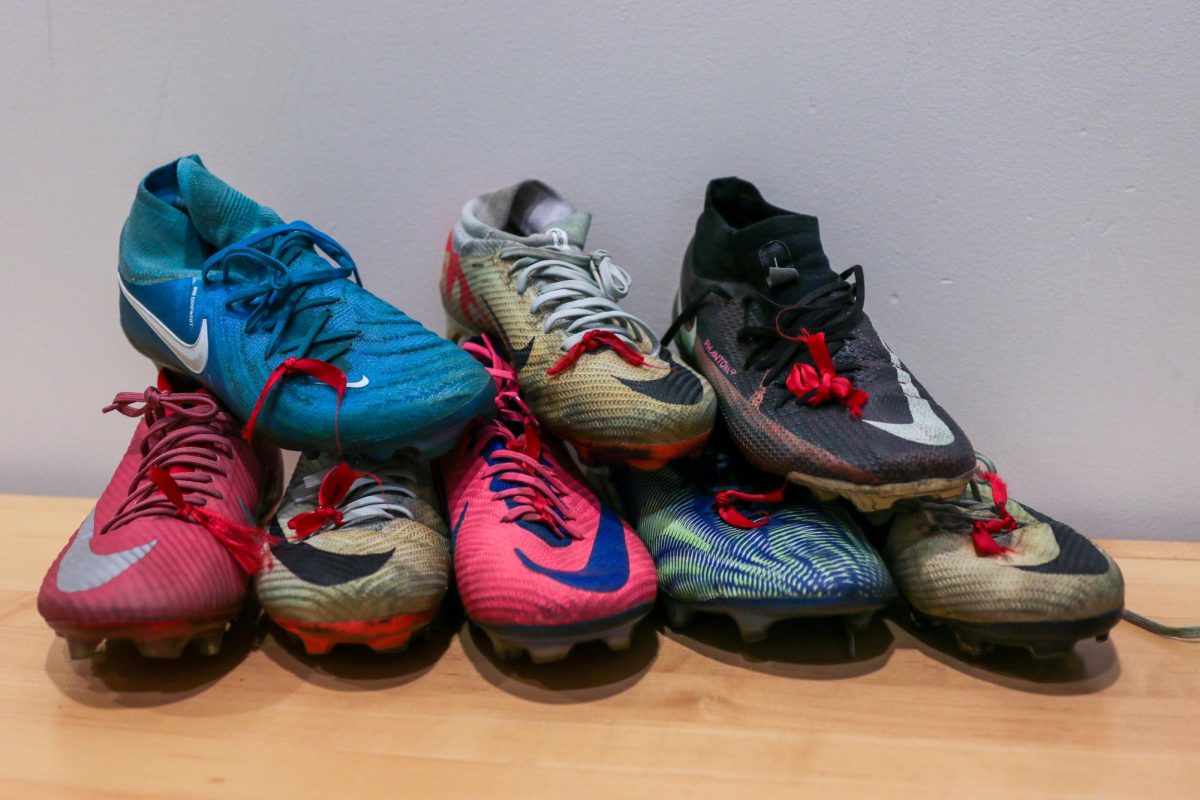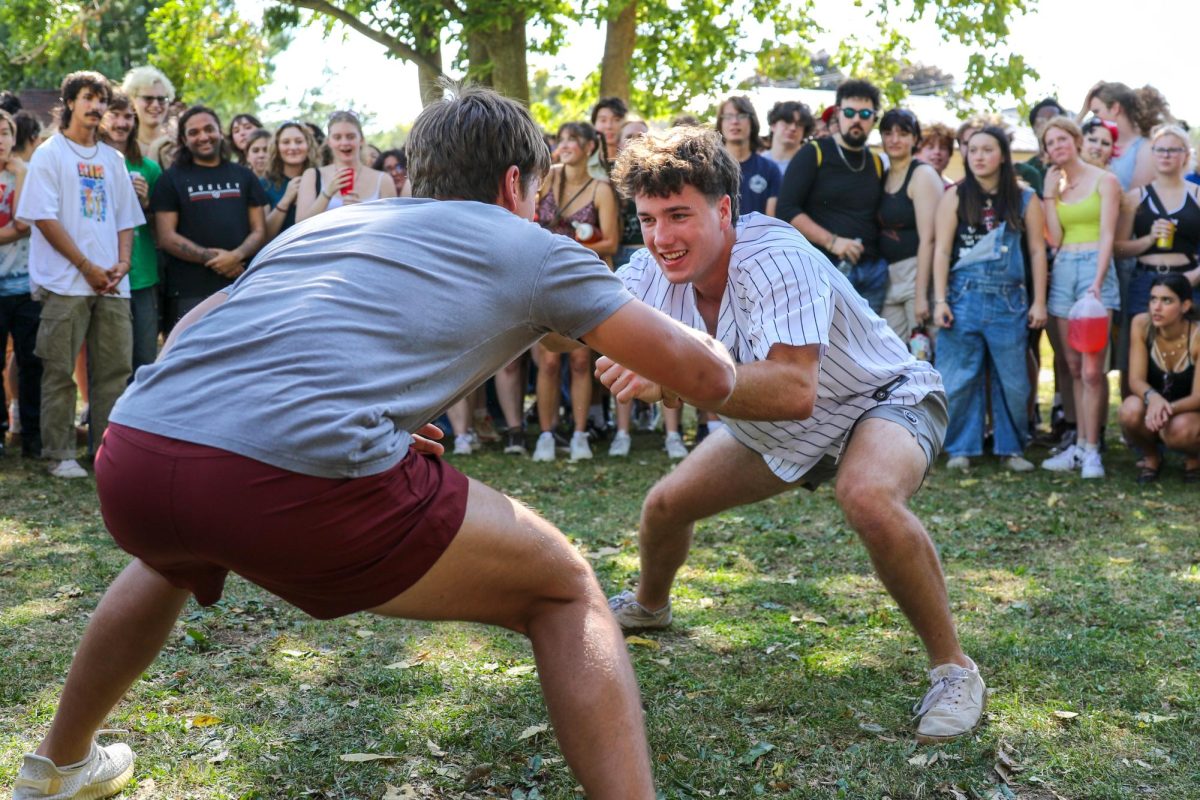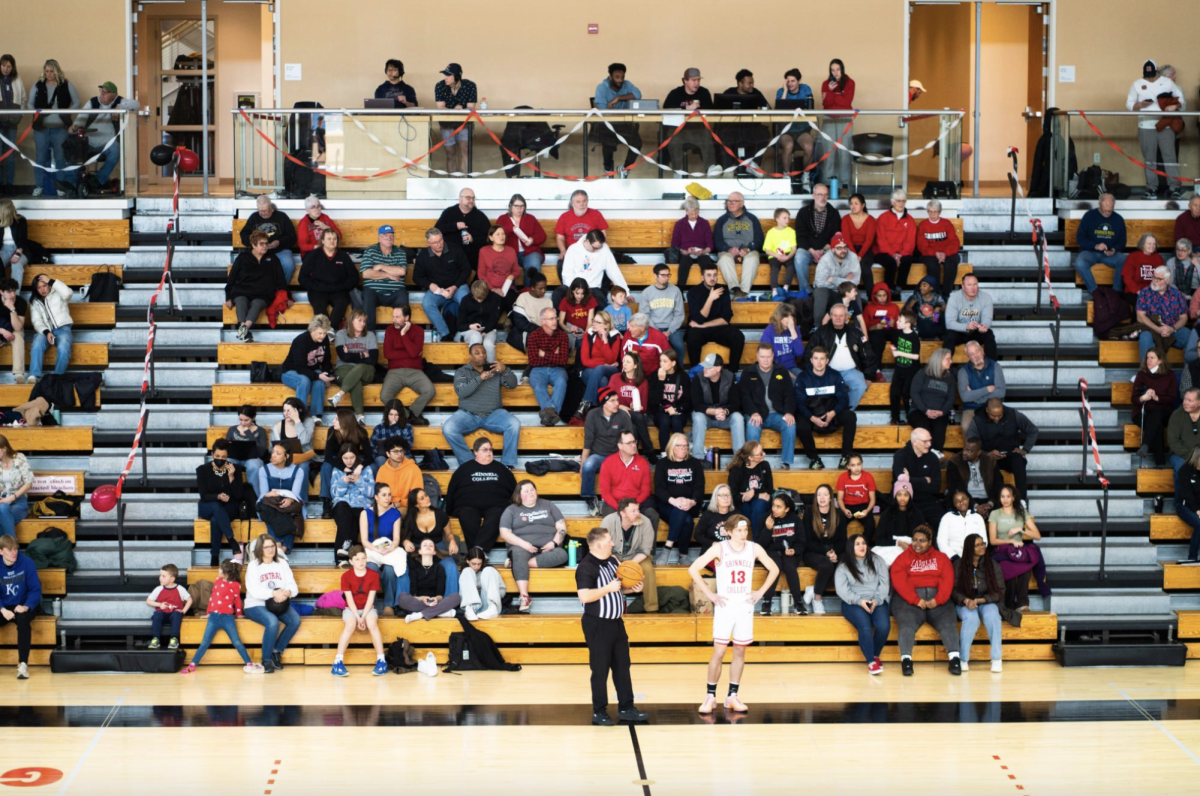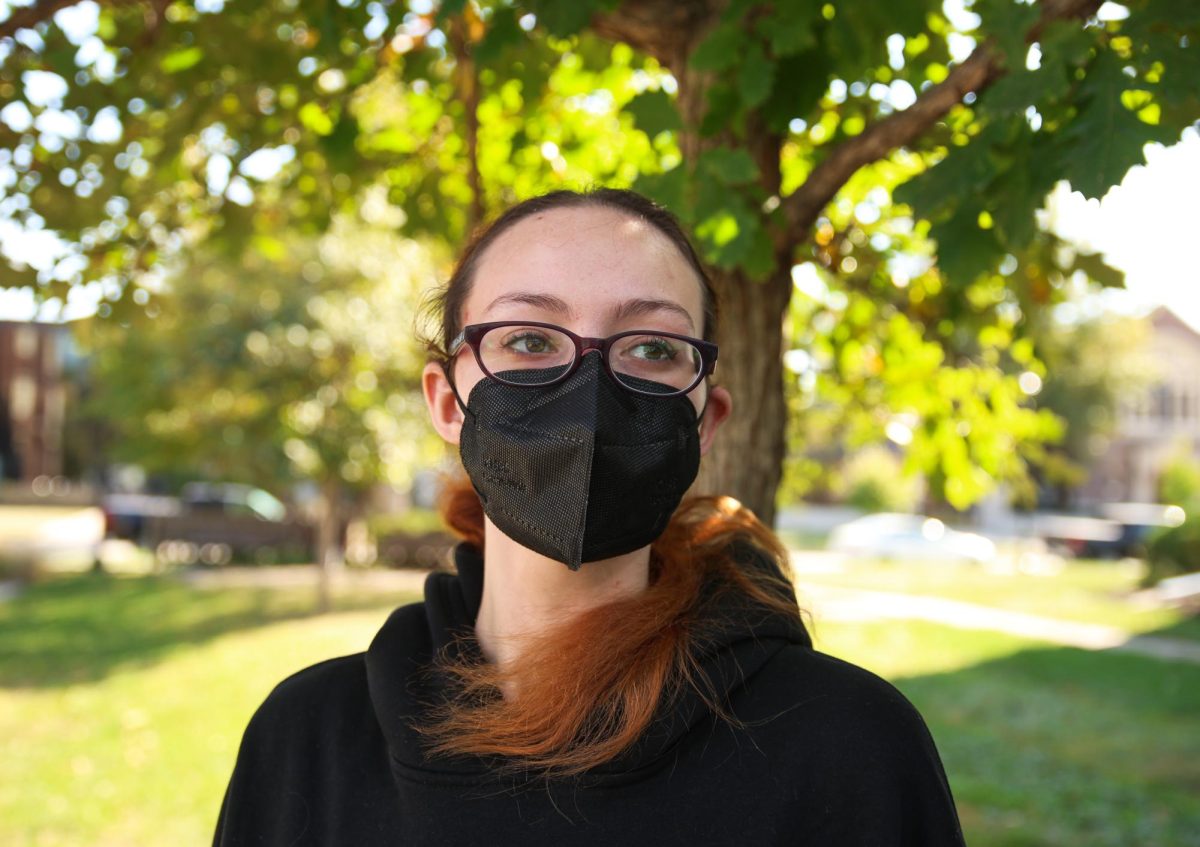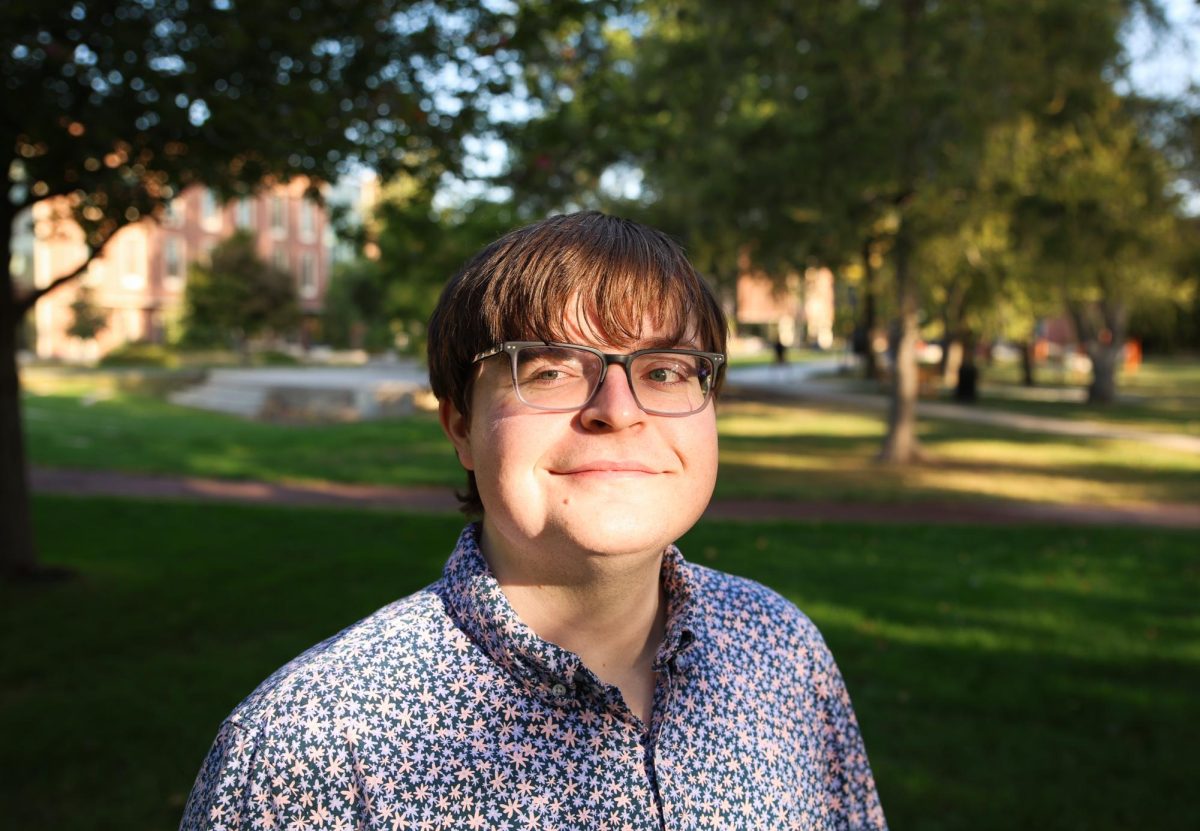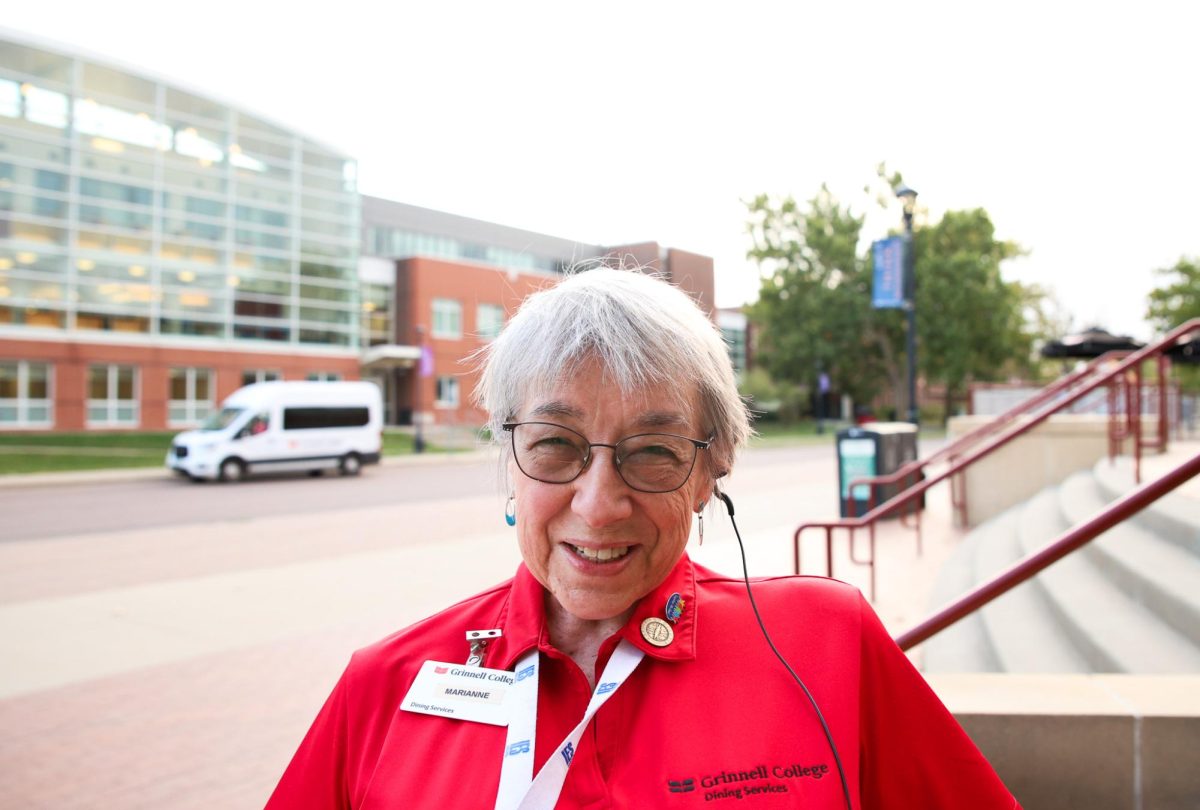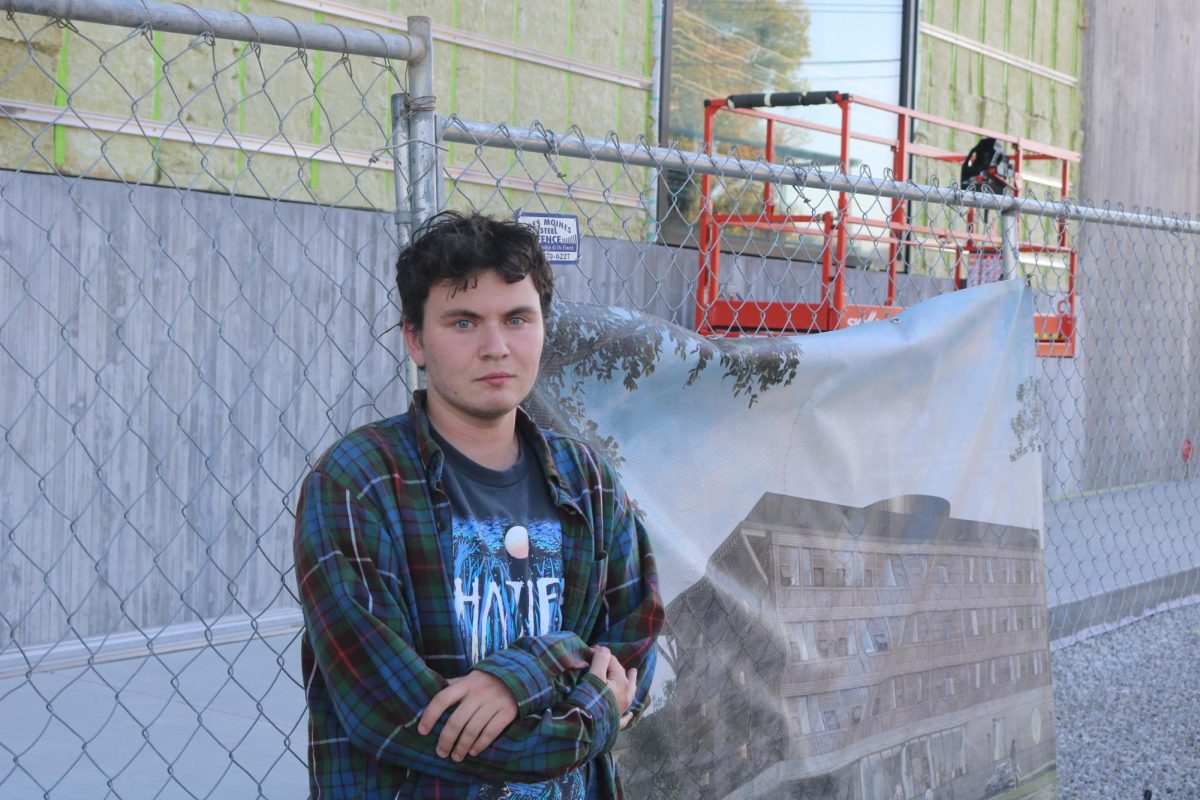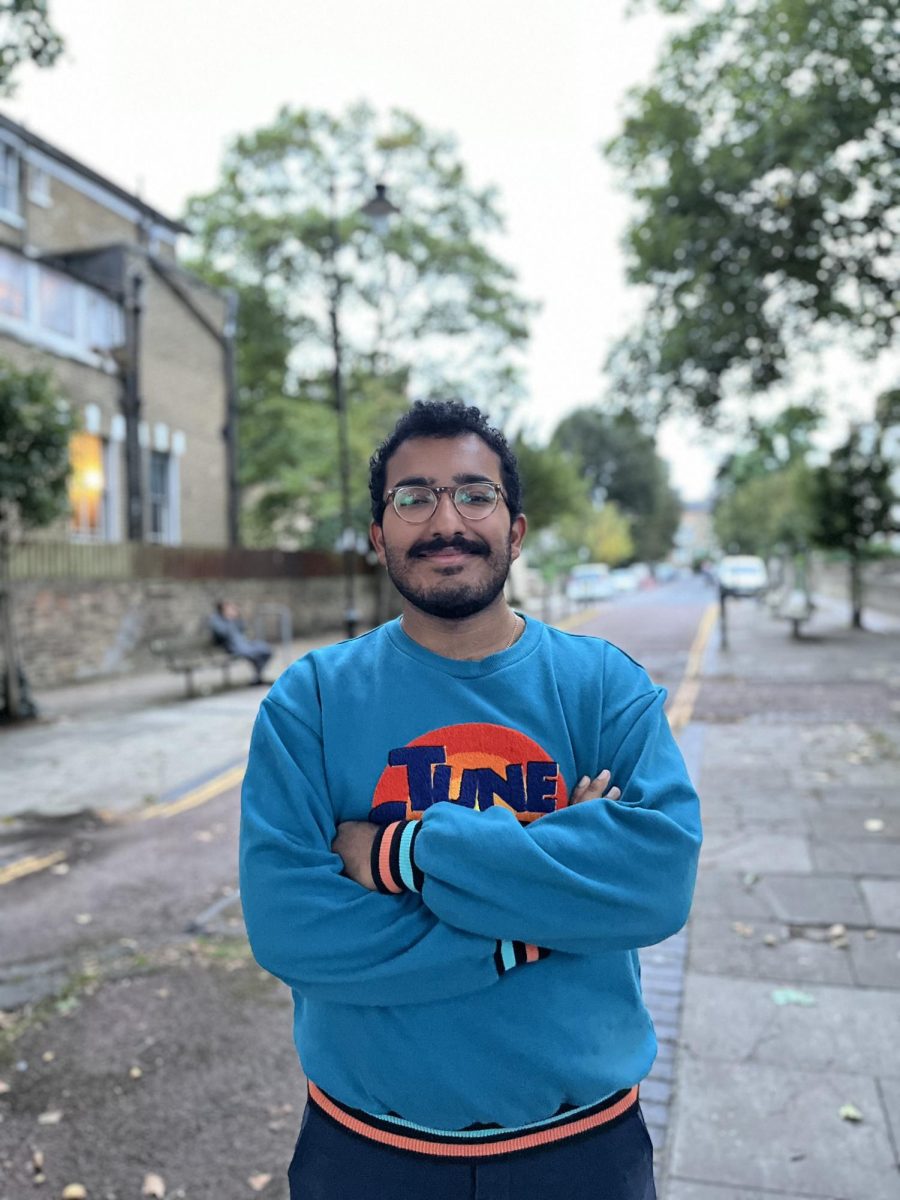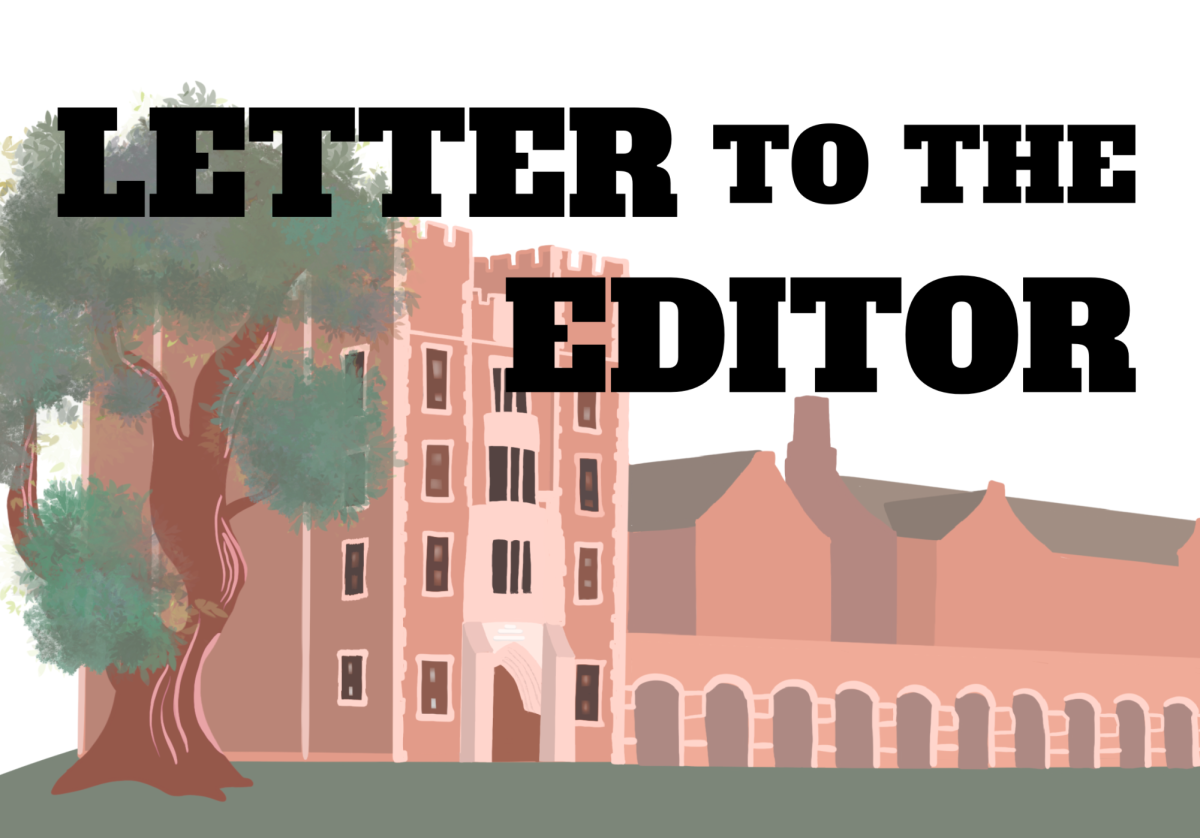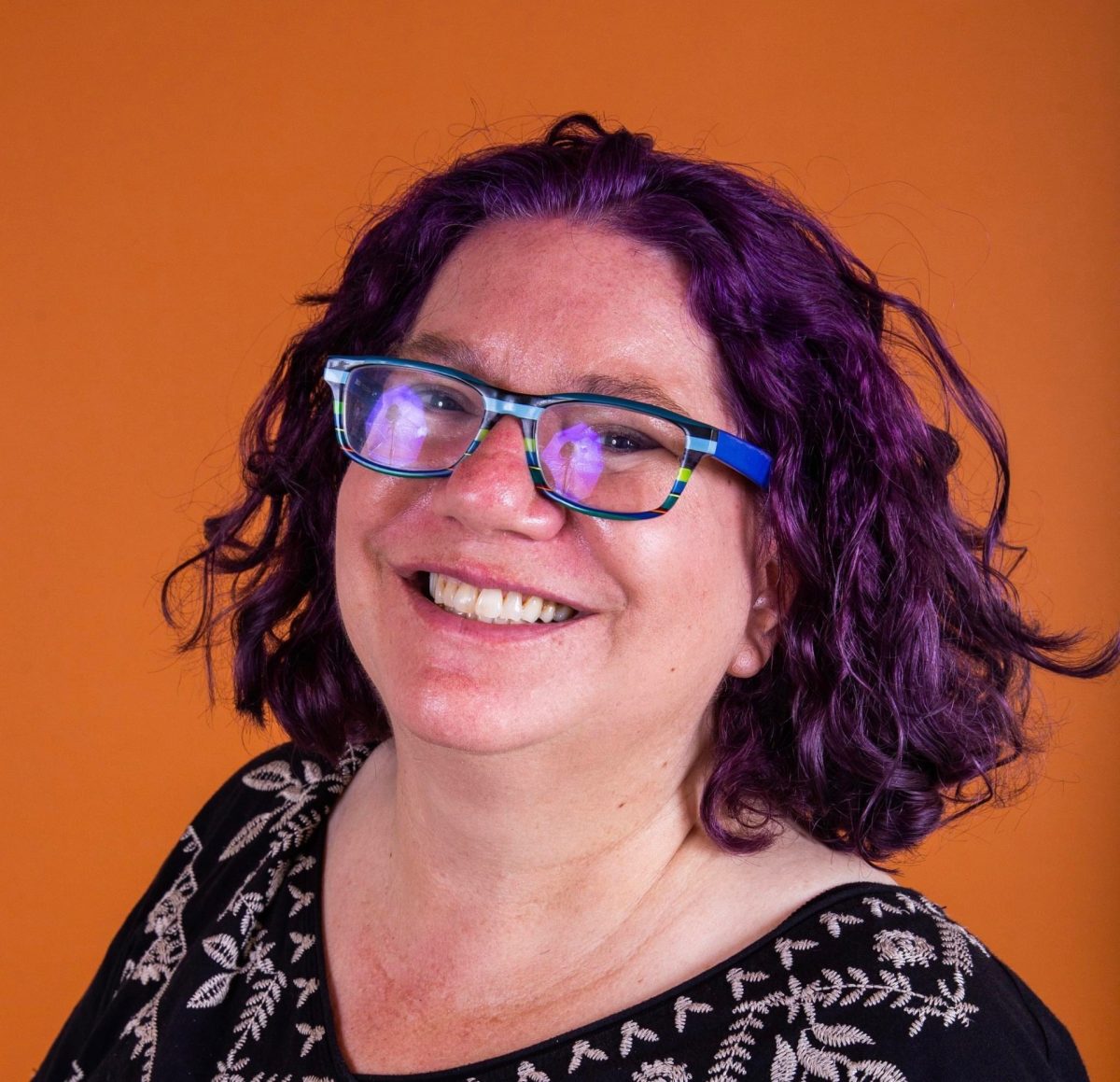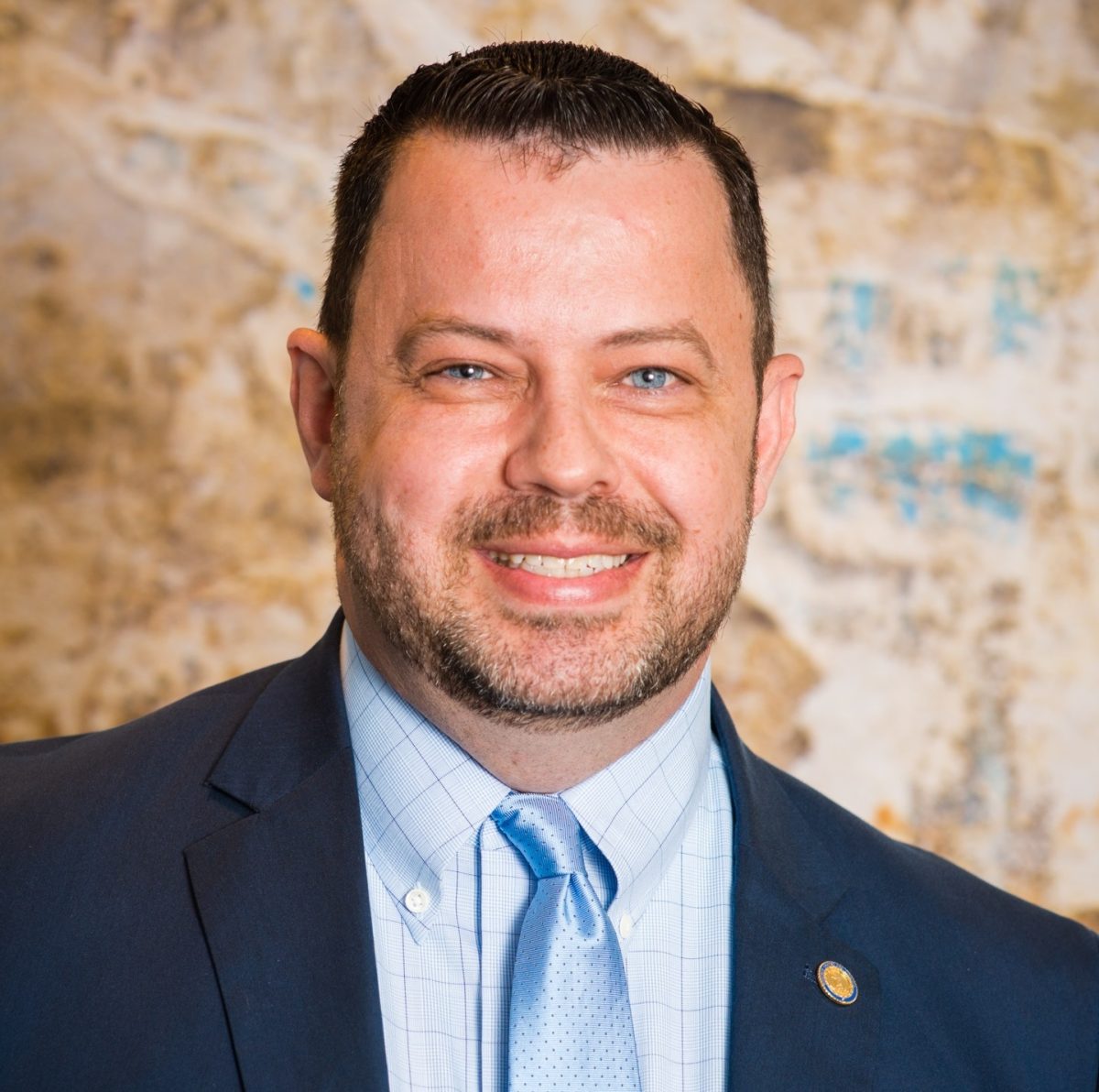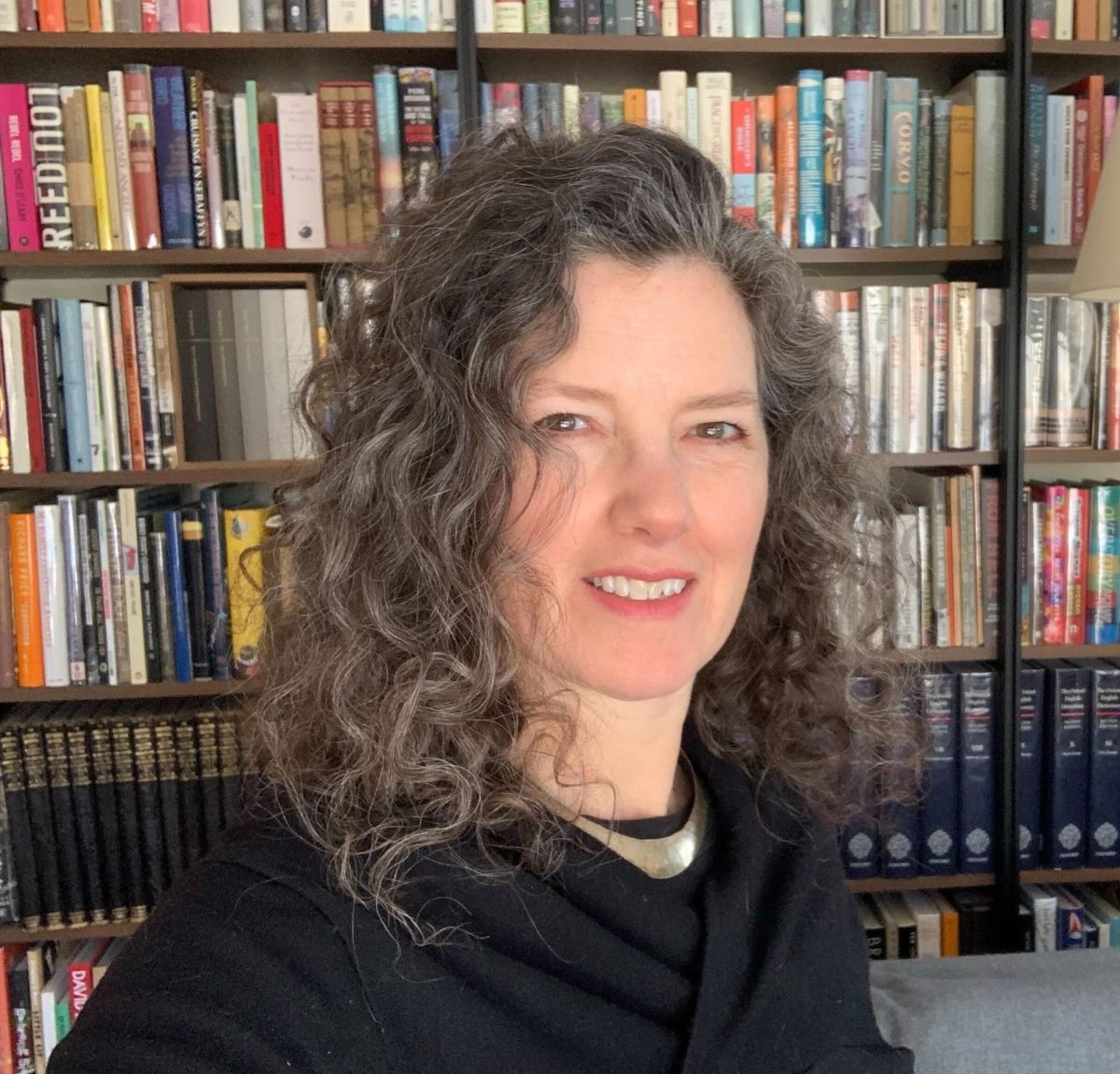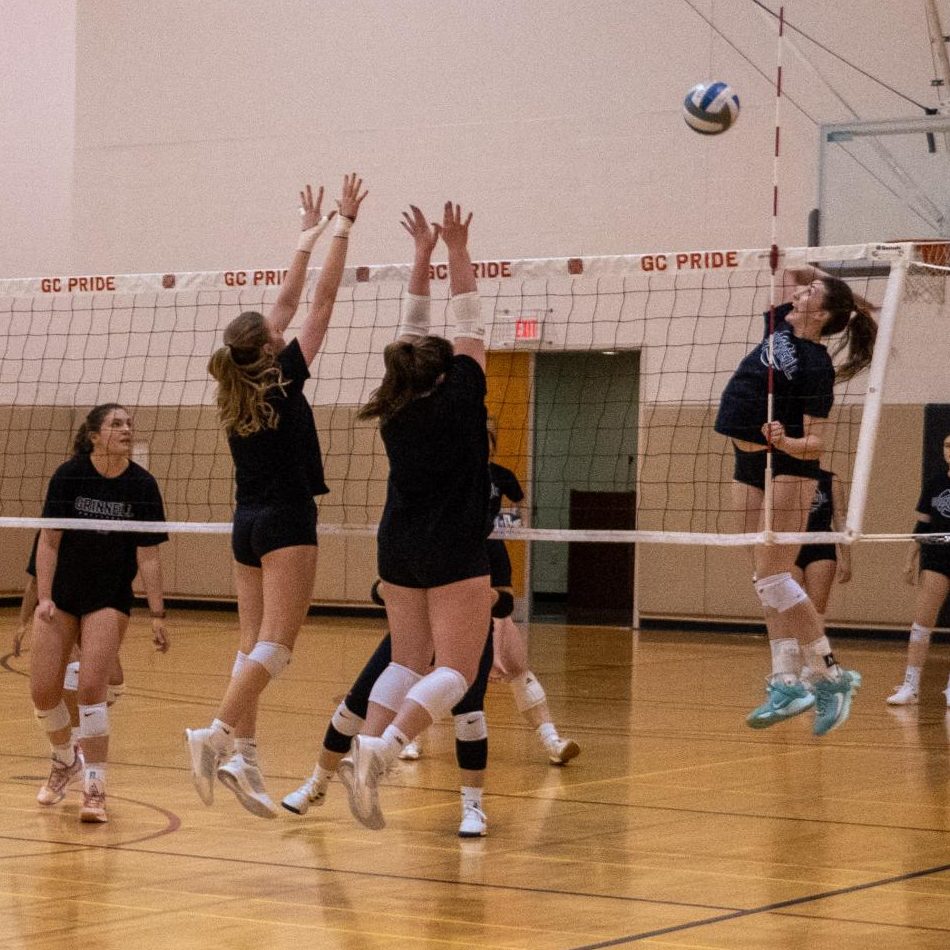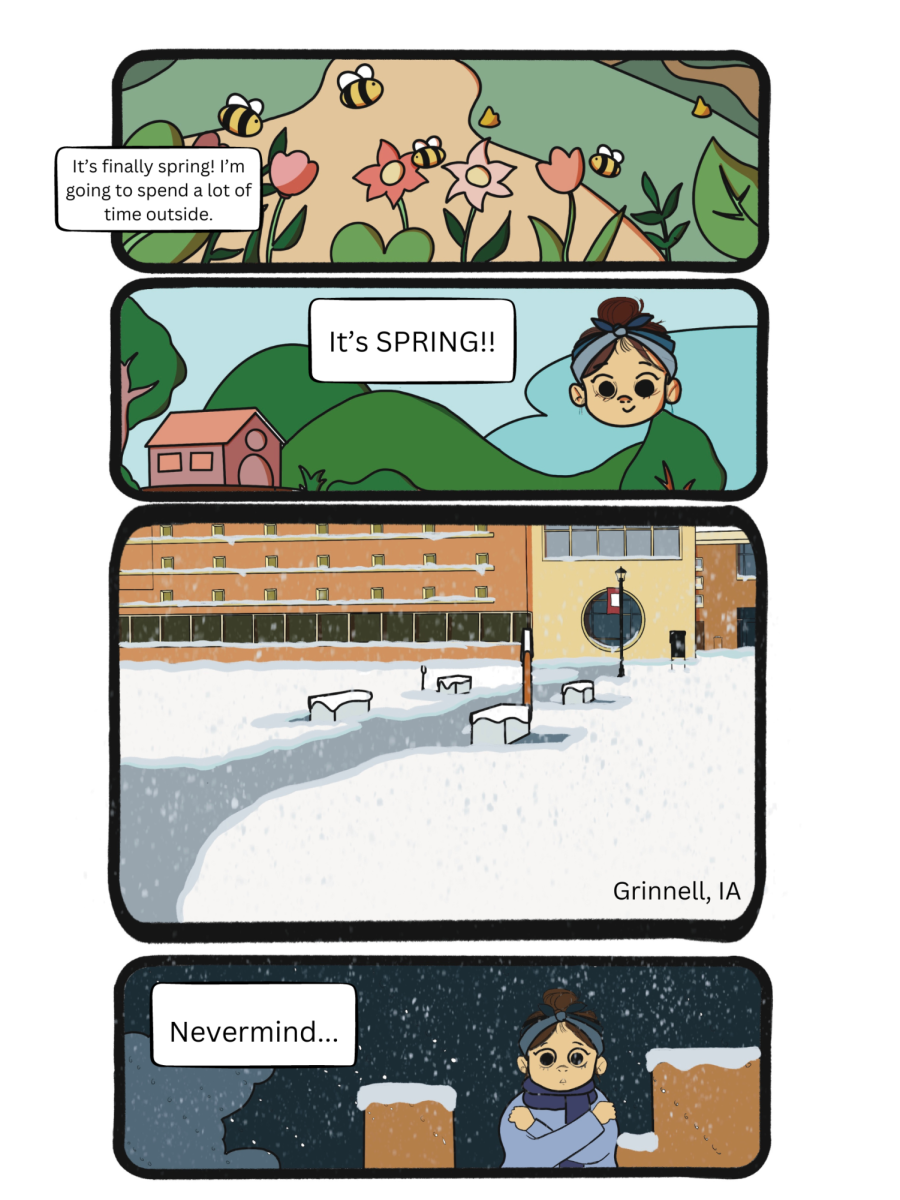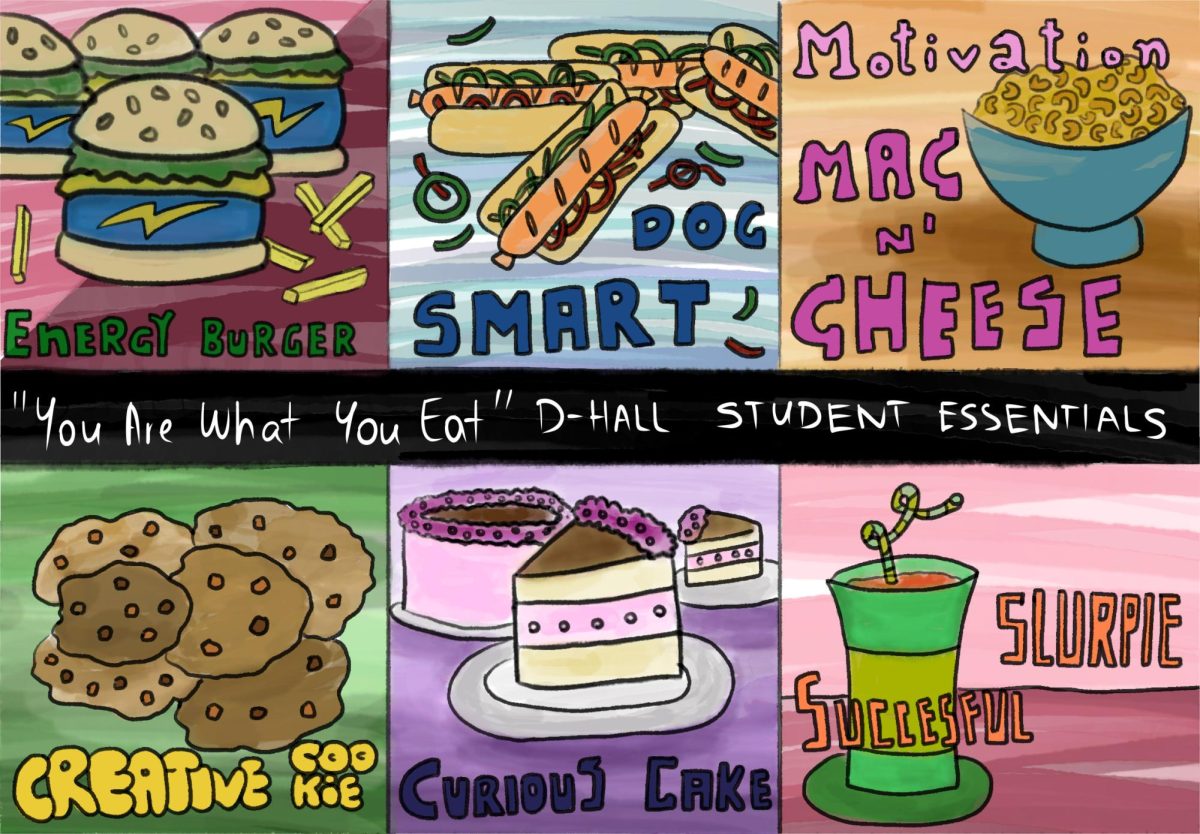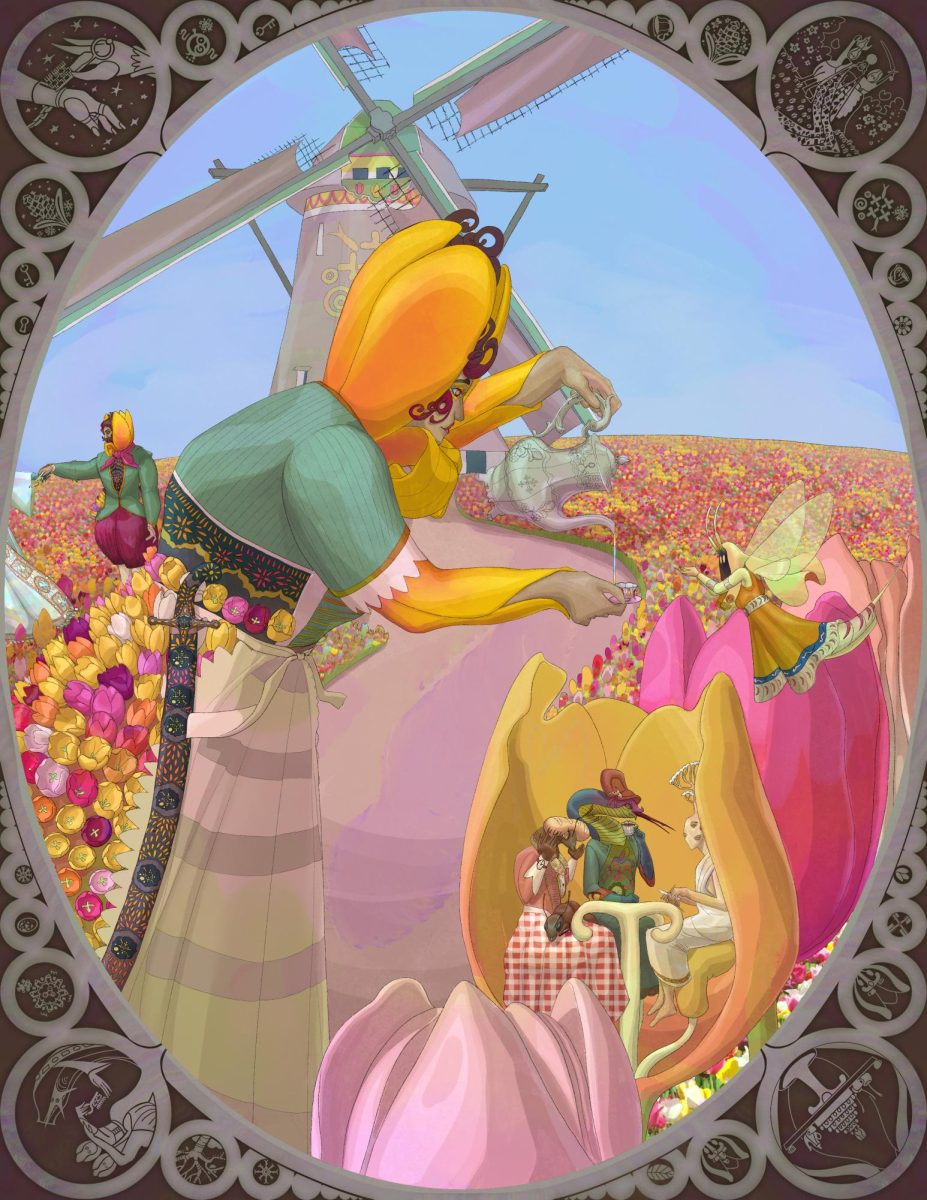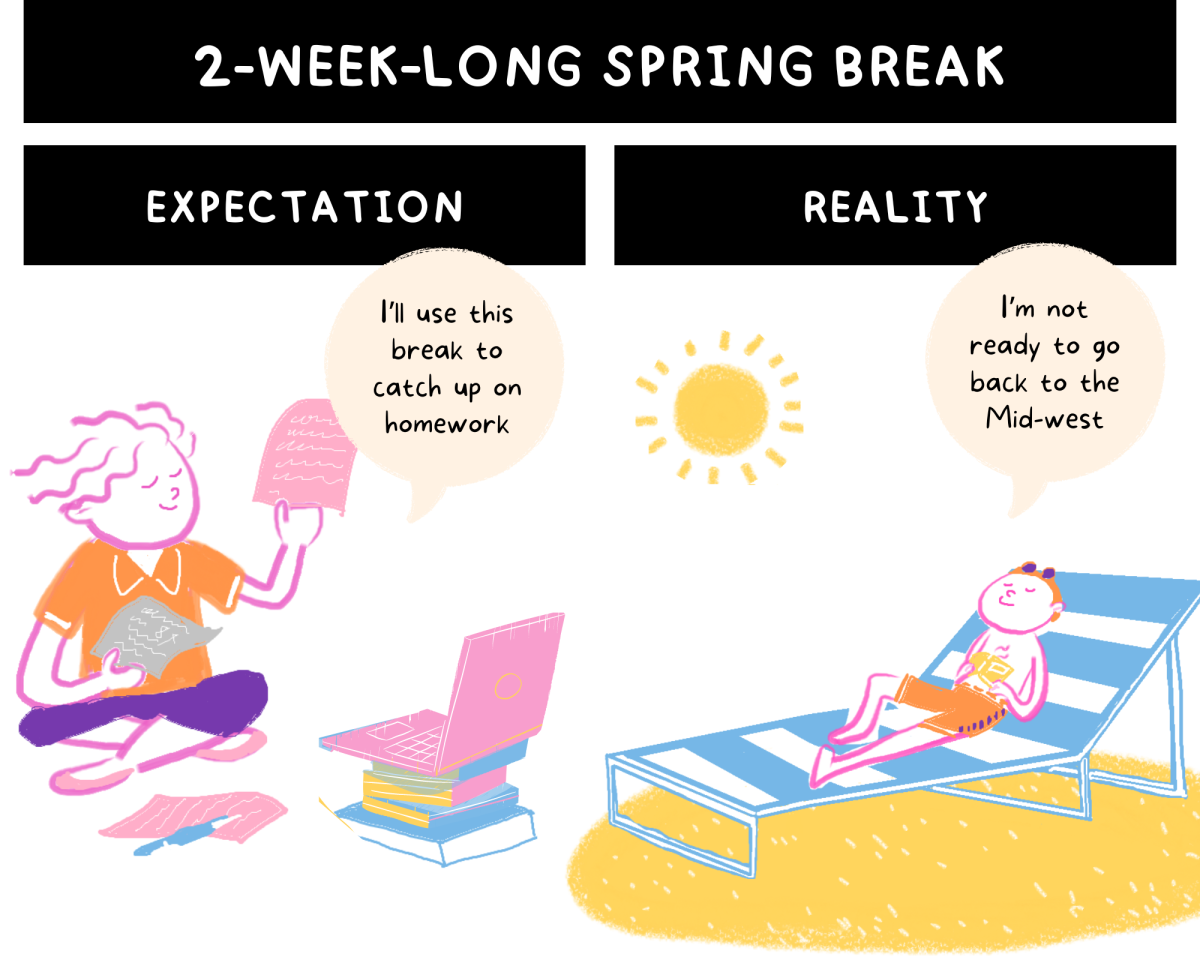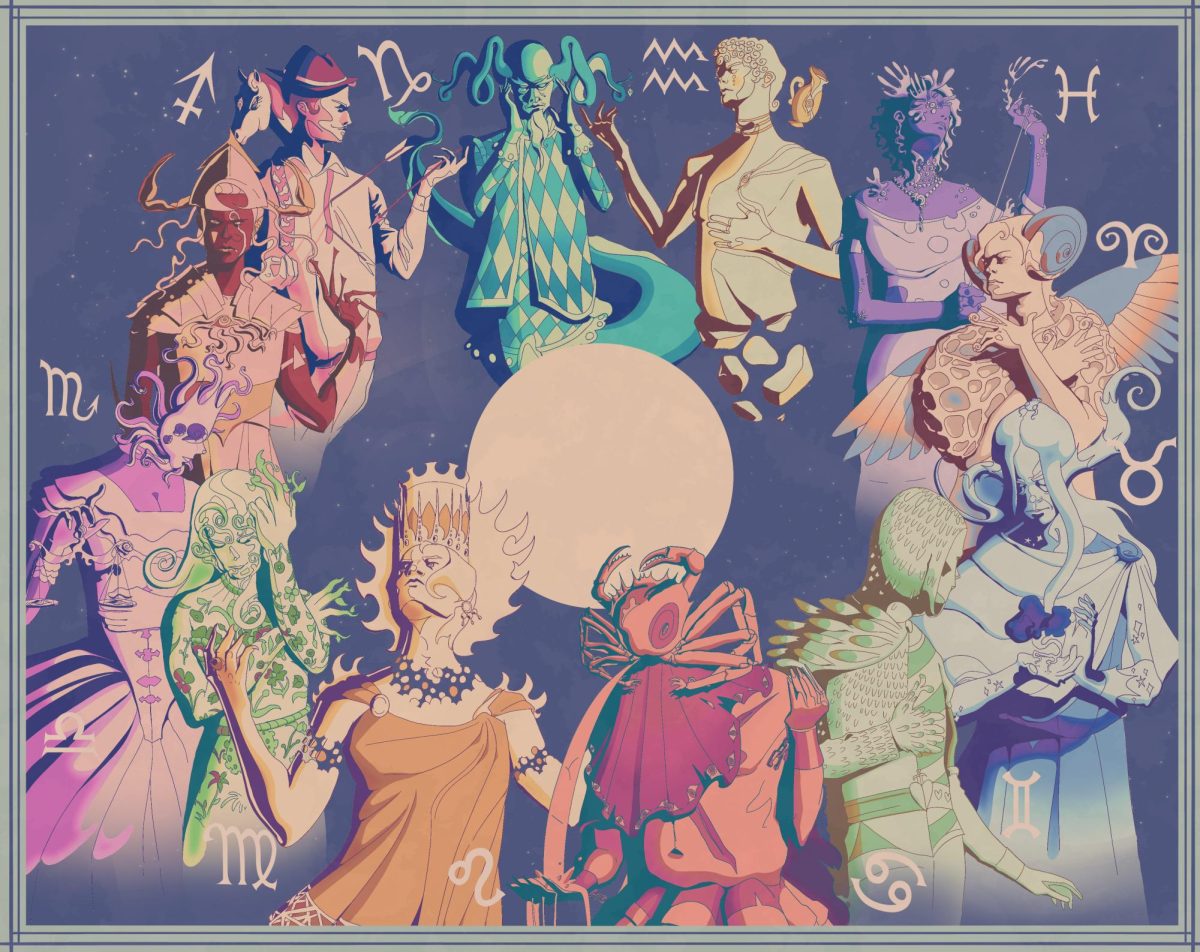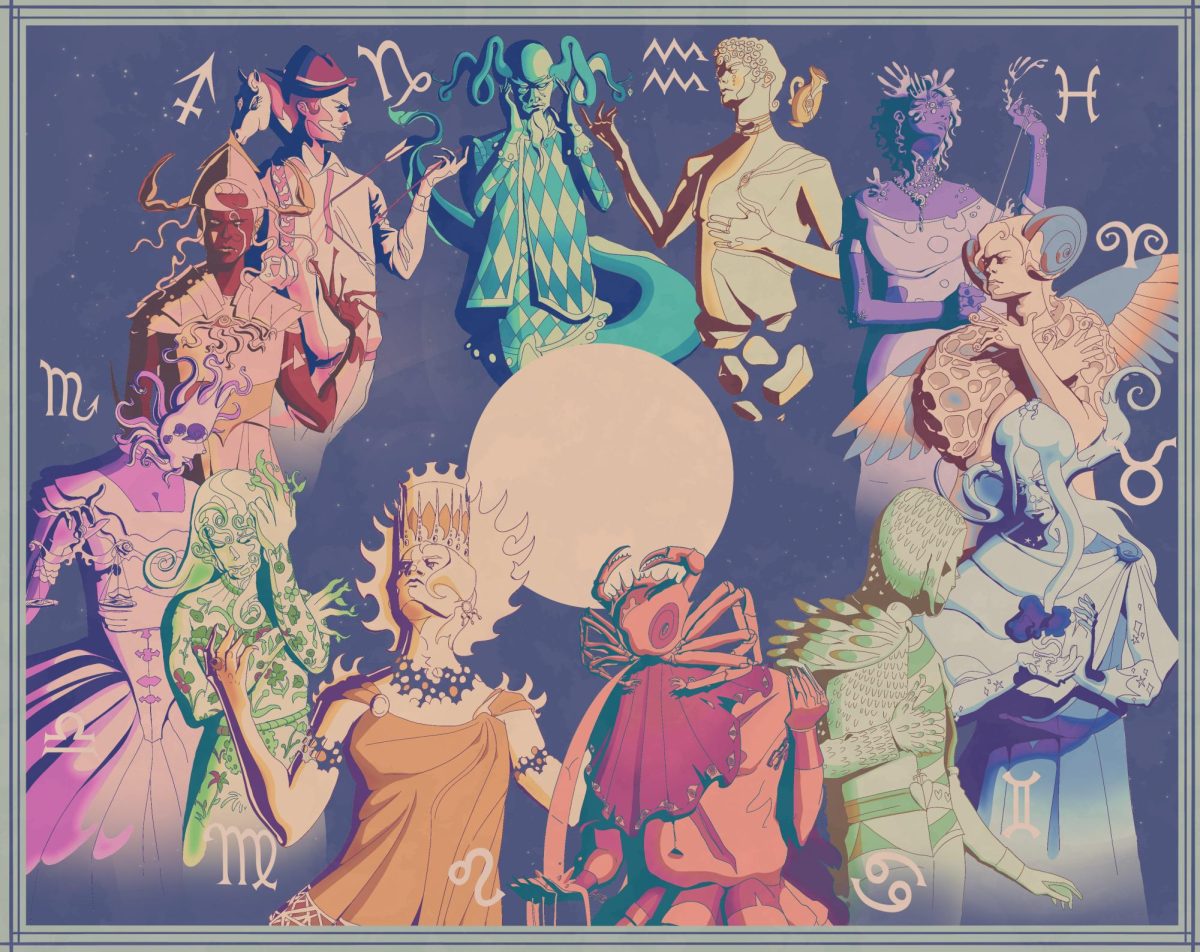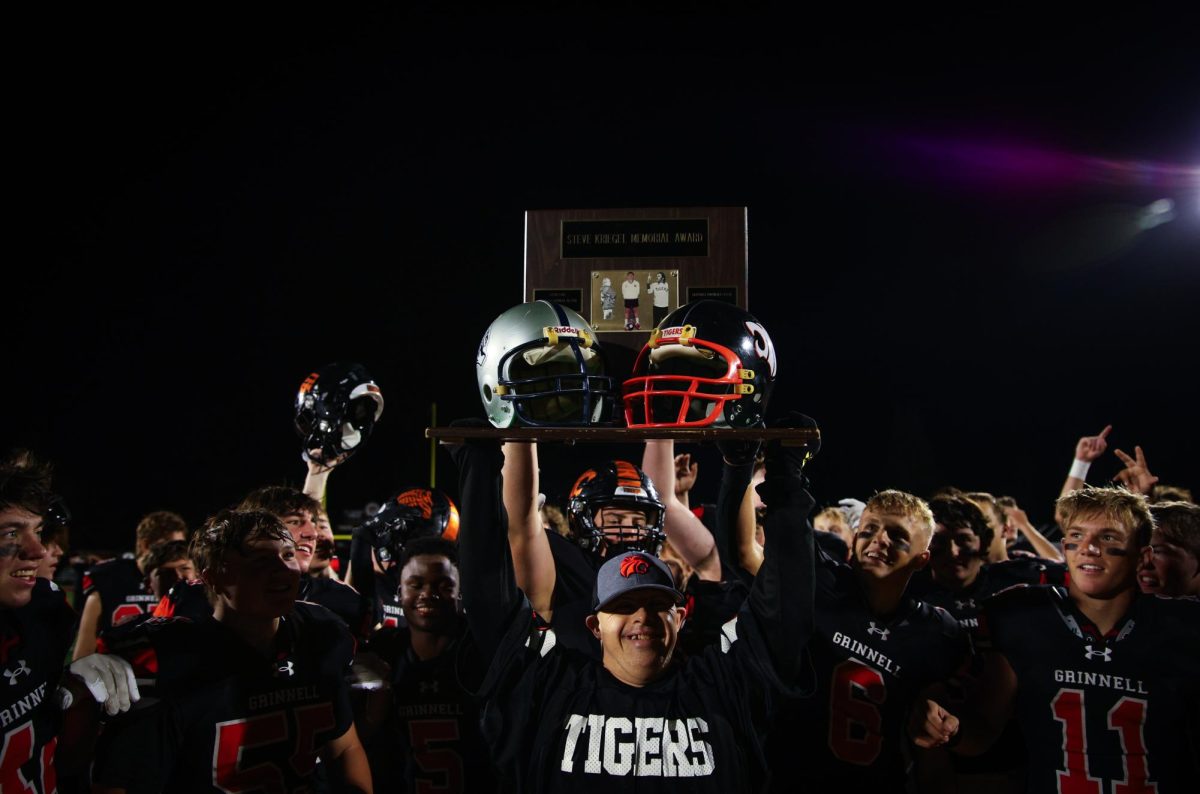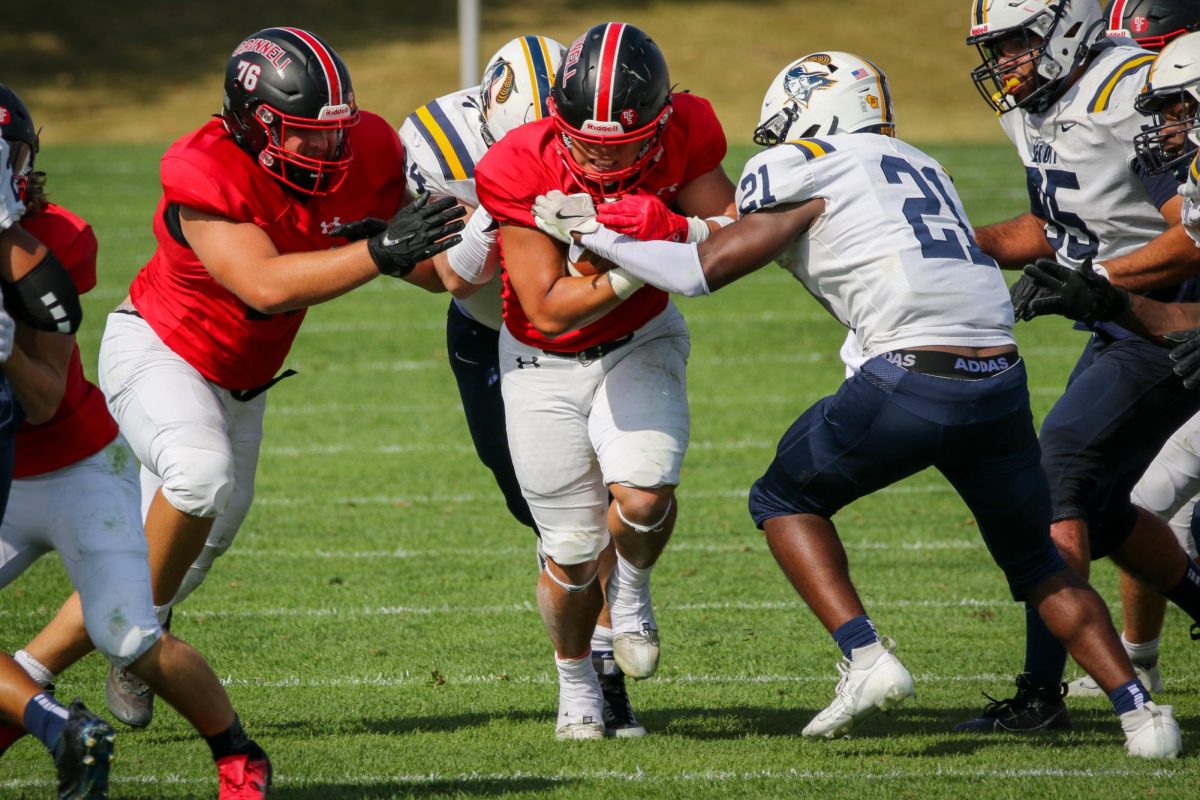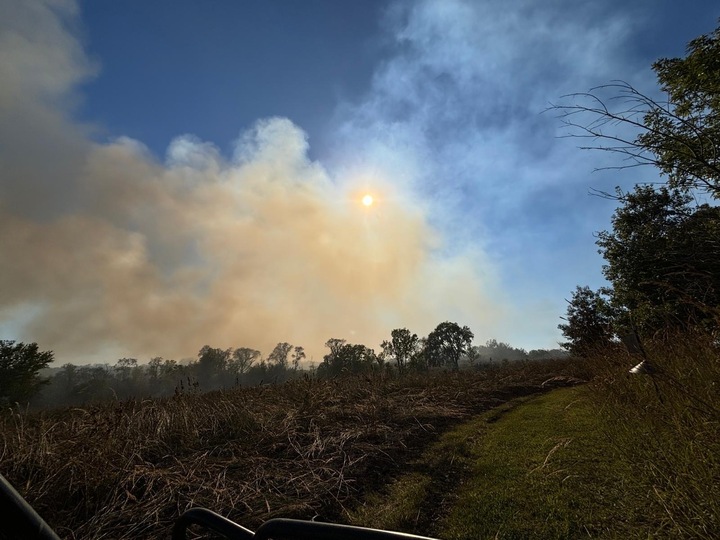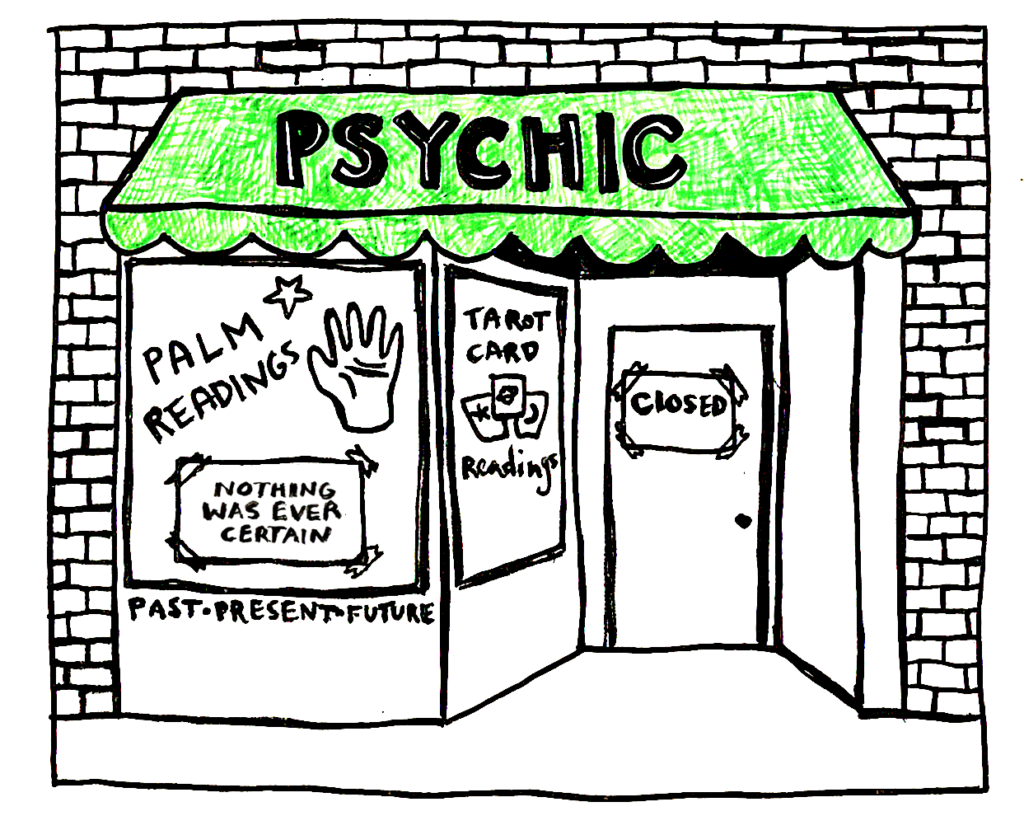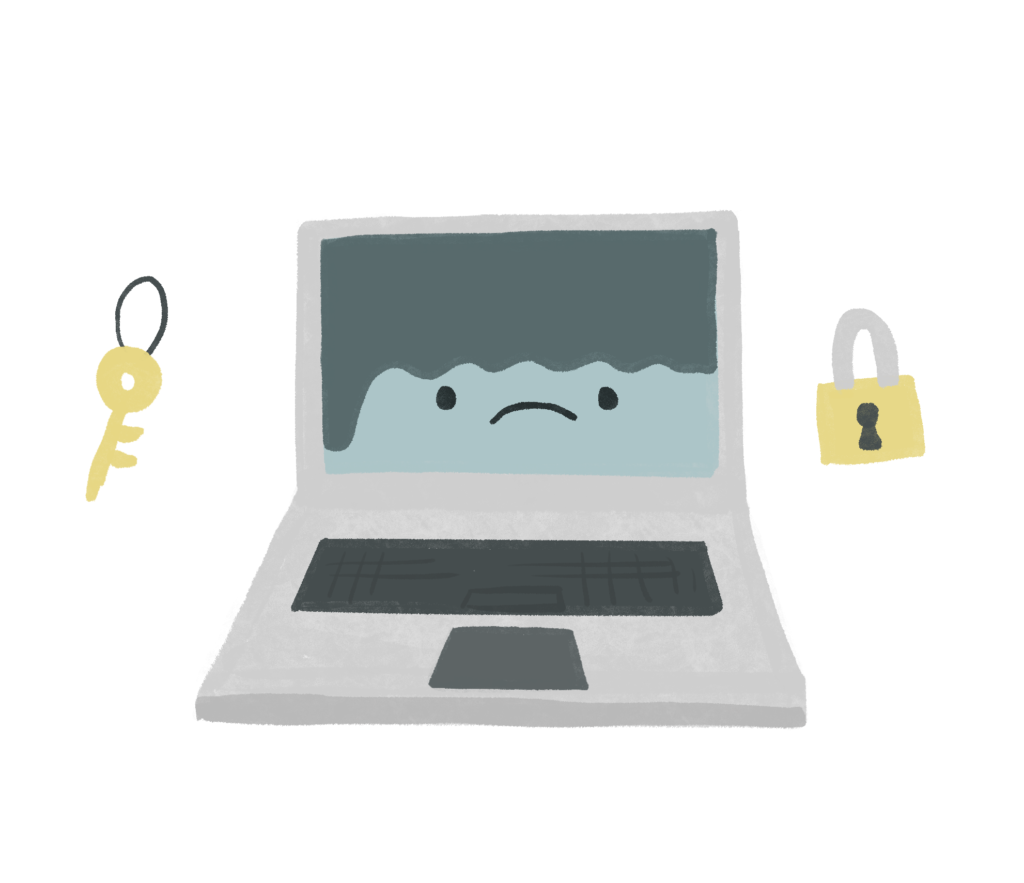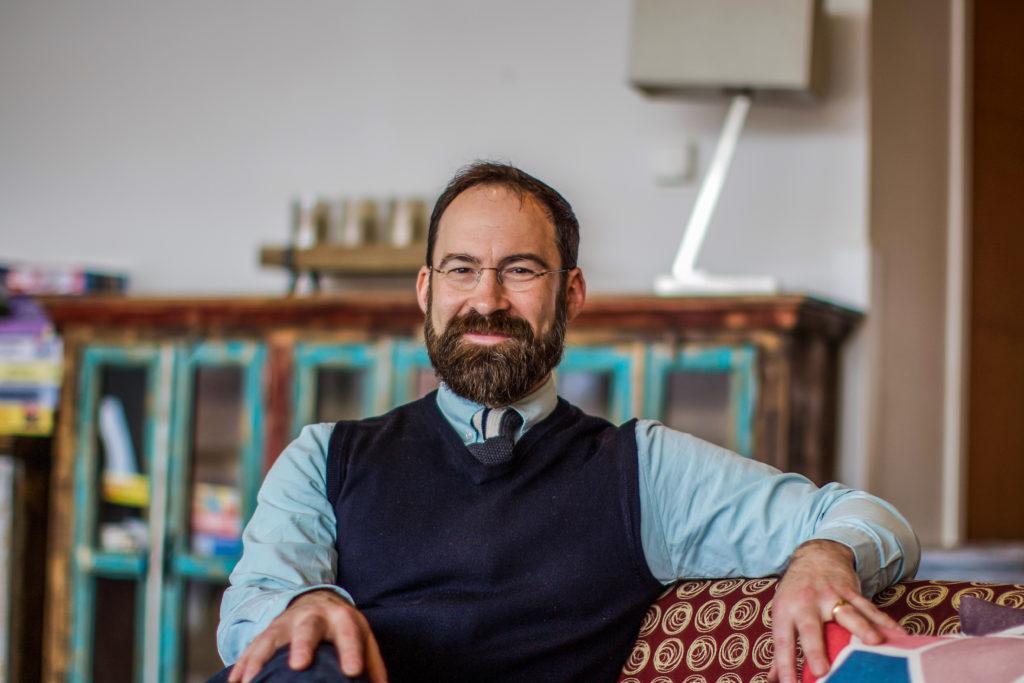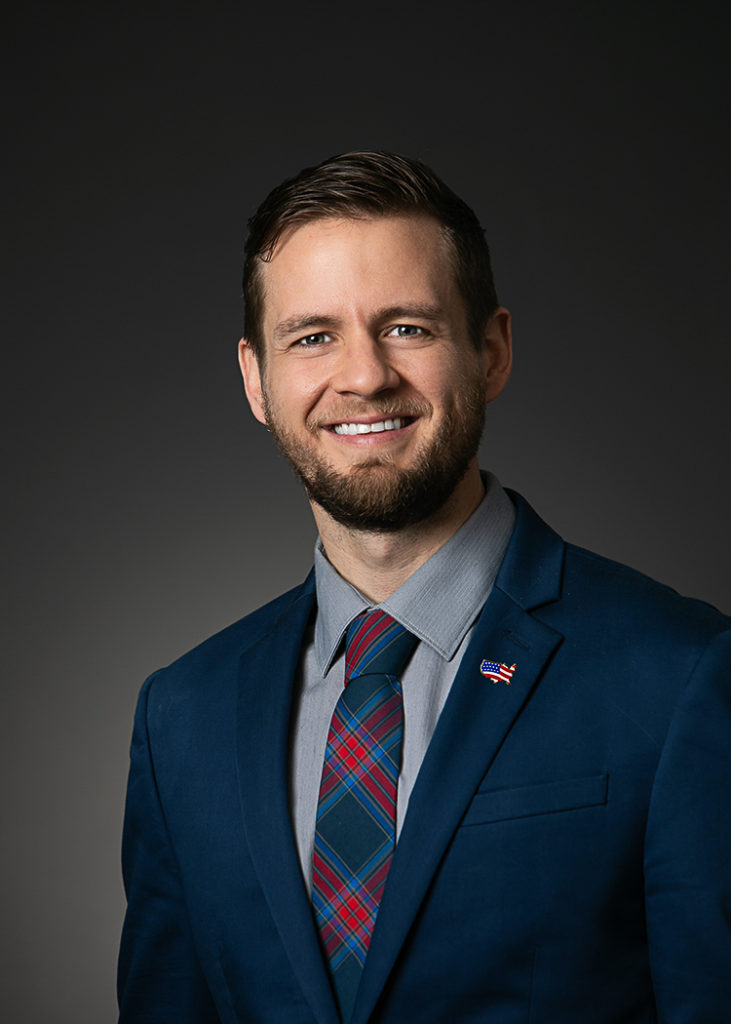Planting season is upon the fields of Iowa. As the rains yield to the sun and soil temperatures rise, farmers once again head to their fields. They must consider dozens of factors when deciding whether they will choose either certified organic, non-genetically modified or genetically modified seeds. Monsanto, the largest producer of genetically modified corn and soybeans in the country, plays a key role in this debate.
As the second part in the S&B’s series “Monsanto: A critical analysis of Grinnell’s agriculture industry,” we spoke with two farmers about their farming techniques, what they plant and how they feel about the current debate between conventional and organic agriculture in the Grinnell community. As key players in this debate, the interests of consumers, farmers and seed companies are interwoven to decide ultimately what goes in the ground.
Dave Kaisand is a local farmer and husband of Denise Kaisand, a presentation cook in Marketplace Dining. Since Dave Kaisand’s father founded their farm with the use of horses, members of the Kaisand family have been on the forefront of Iowa agriculture, raising hundreds of acres of corn and soybeans. They are longtime customers of Dekalb seed, a subsidiary of Monsanto.
“We plant mainly Dekalb and Pioneer [brands of corn],” Dave Kaisand said. “It’s a family incorporation. It was started by my dad, myself and my brother. My mom is still a part of it and we brought in my brother’s son-in-law.”
As prominence of genetically modified organism (GMO) corn has increased in the corn industry in American agriculture, Kaisand explained that raising corn and soybeans is nothing new.
“Raising corn and soy has been the status quo for all of my life,” Kaisand said.
Another farmer, Andy Dunham, owns Grinnell Heritage Farm, an 80-acre certified organic, mixed vegetable operation. While raising vegetables for many reasons, Dunham explains that there are many hurdles to planting vegetables that are avoided for corn farmers.
“There’s a lot of infrastructure for corn and soybeans. The vegetable stuff has a much different skill set. There’s a lot more hands on type work for a lot less time off in the summer and winter,” Dunham said.
As part of Dunham’s farming practices, all of his seeds come from certified organic seed sources and are free from GMO’s. According to Dunham, there are many challenges associated with organic farming, including infrastructure support and business risks.
“There’s not vegetable crop insurance in the state of Iowa and there is for corn and soybeans,” Dunham said. “That’d be an infrastructure thing. In a disastrous year there is the potential for us to go broke in a single season. With corn and soybeans the chance with insurance has made it so it’s very difficult to go broke in one season.”
Despite the fact that Dunham and Kaisand have very different farming practices, both run businesses that at the end of the day must consider the bottom line, which is based on yields but and the infrastructure that gets their product from farm to plate.
According to Kaisand, Monsanto and its subsidiaries are key players in operating a successful farming system.
“Monsanto has done such a tremendous job in selecting traits and things that have made a lot better corn varieties for us to use. We’ve had really good years the past 6 or seven years because at the end of the season our yields weren’t as good,” Kaisand said.
While issues surrounding the current food debate often fall between genetically modified and organic, Dunham says that as a small, certified organic farmer, he has found that one problem he has found as an organic farmer is the college’s use of fertilizer on the soccer fields, which border his southern property.
“We have a 30 foot buffer strip all the way around the farm which also unfortunately includes Grinnell College because the soccer fields are right next to us and they put chemicals on that,” Dunham said. “We have a 30 foot buffer strip along our south border because of what they [Grinnell College] apply to their soccer fields. It’d be wonderful if we didn’t have to worry about contamination from Grinnell College.”
Consumers often ask why farmers choose one type of farming over the other. Both Kaisand and Dunham agree that because of the infrastructure supporting the corn and soybean system, corn farmers have a much more standardized and efficient marketing system. This is the driving force behind what farmers plant and whether or not they choose GMO seeds when planting.
While Kaisand says that buying seeds developed by Monsanto has greatly increased his yields and has made for a more consistent harvest, Dunham consumers who disagree with Monsanto’s practices can counteract this GMOs by practicing what they preach.
“The best way to effect change is to eat ethically, eat the way you want the landscape to look. If you have even 5-10% more of the population doing that we’re going to see change on a massive level. There are giant corporations that are driven solely by profit. If the profitability of GM corn goes away, Monsanto won’t produce it any more,” Dunham said.
The issues surrounding why farmers’ motivation for participating in the conventional system or opt out to farm organically are complex but are ultimately subject to consumer choice.
